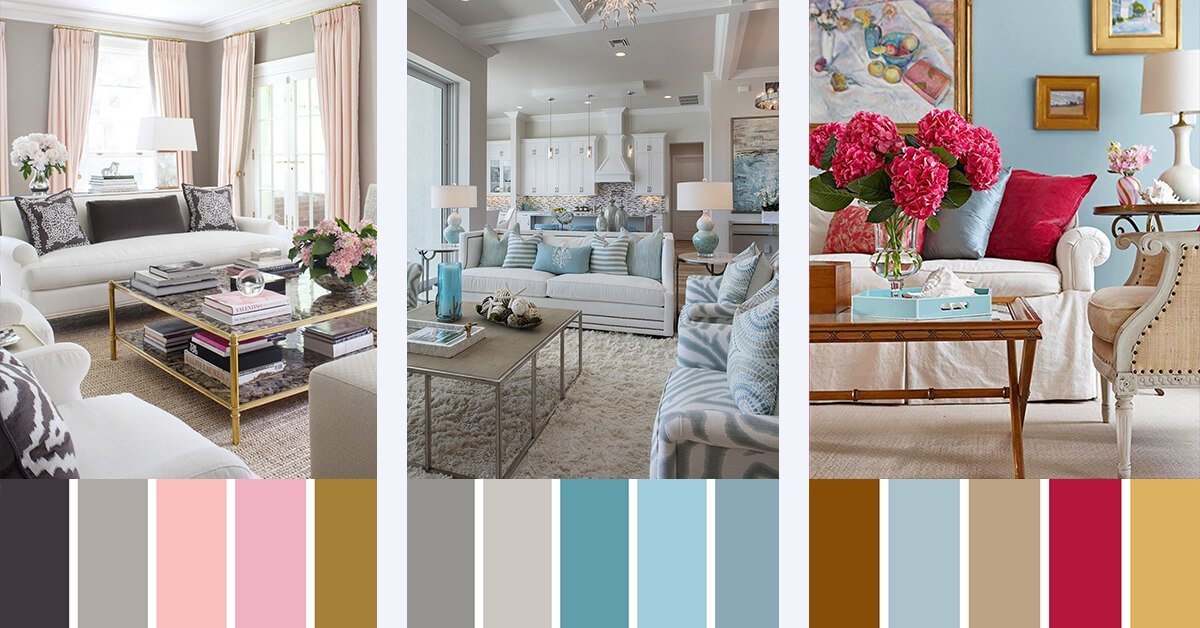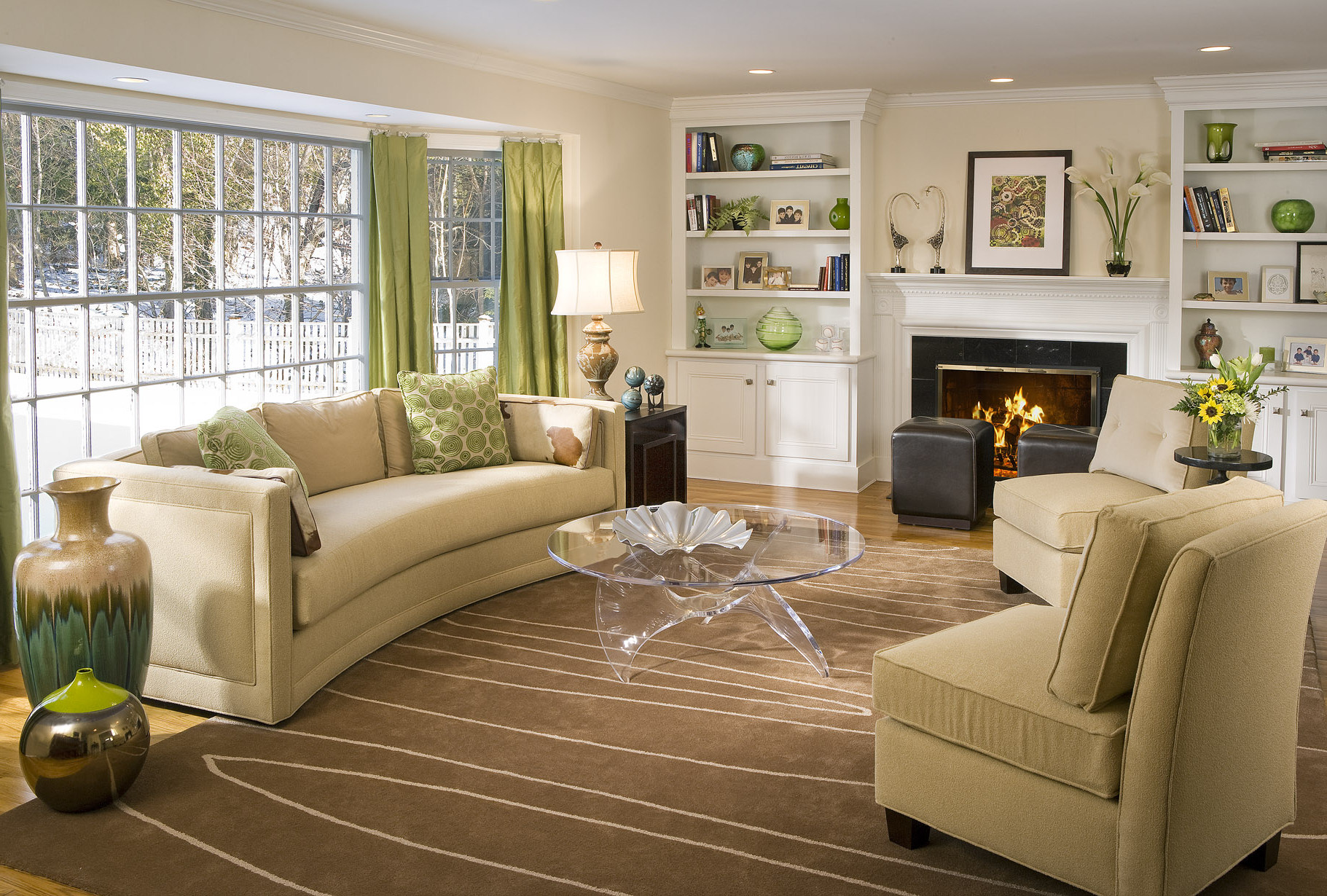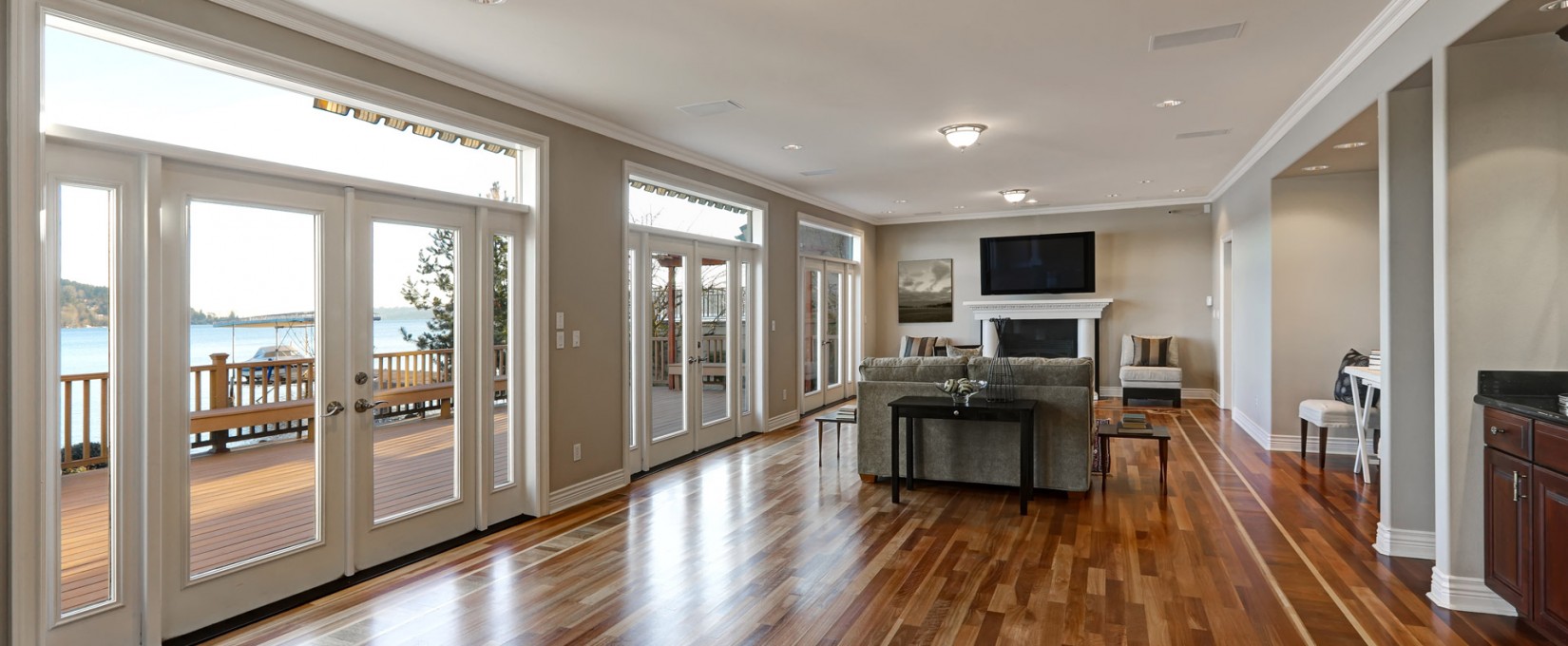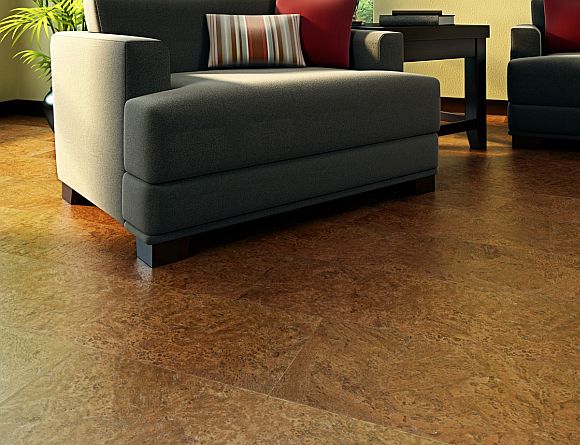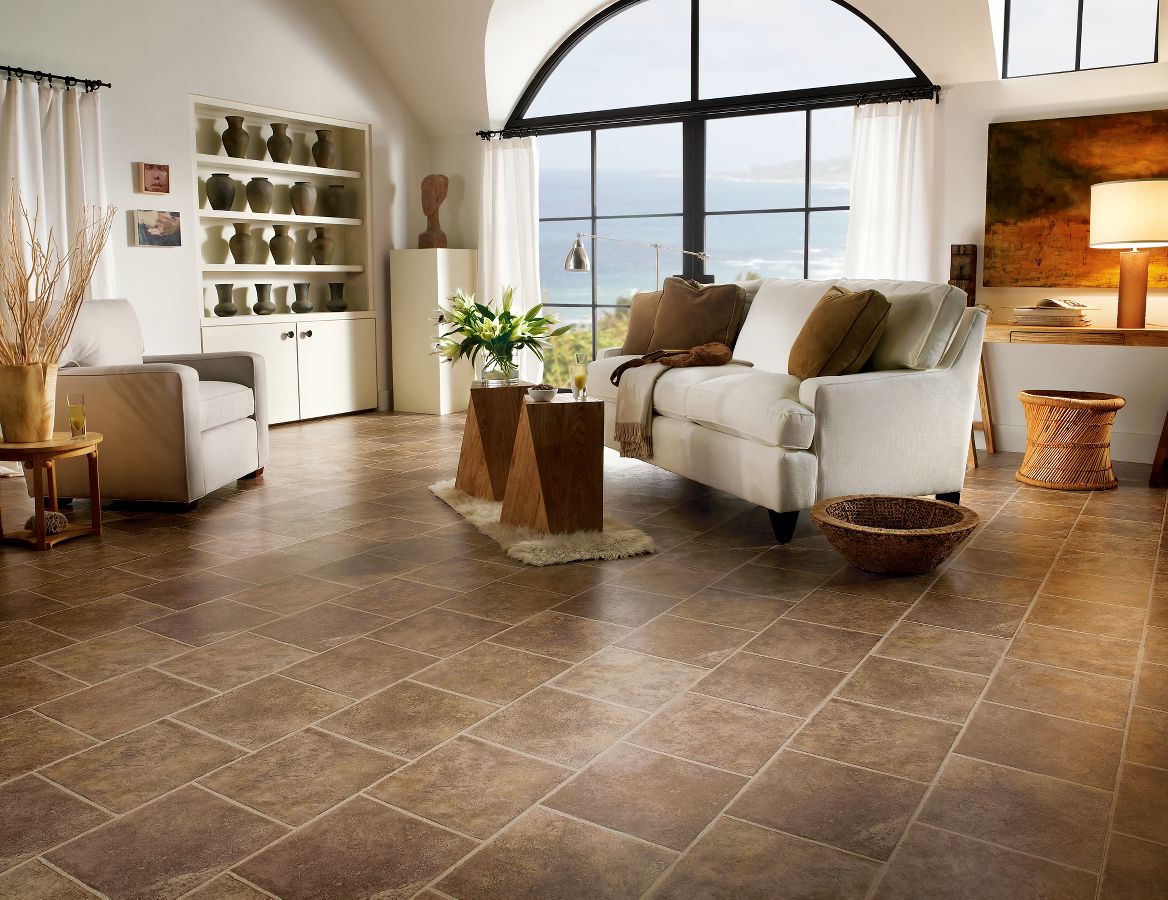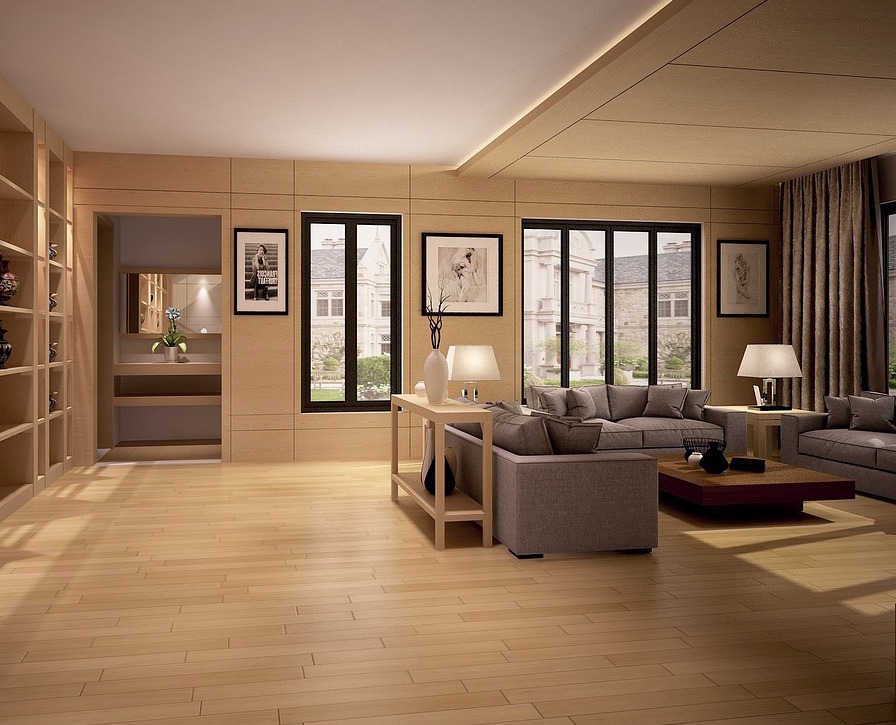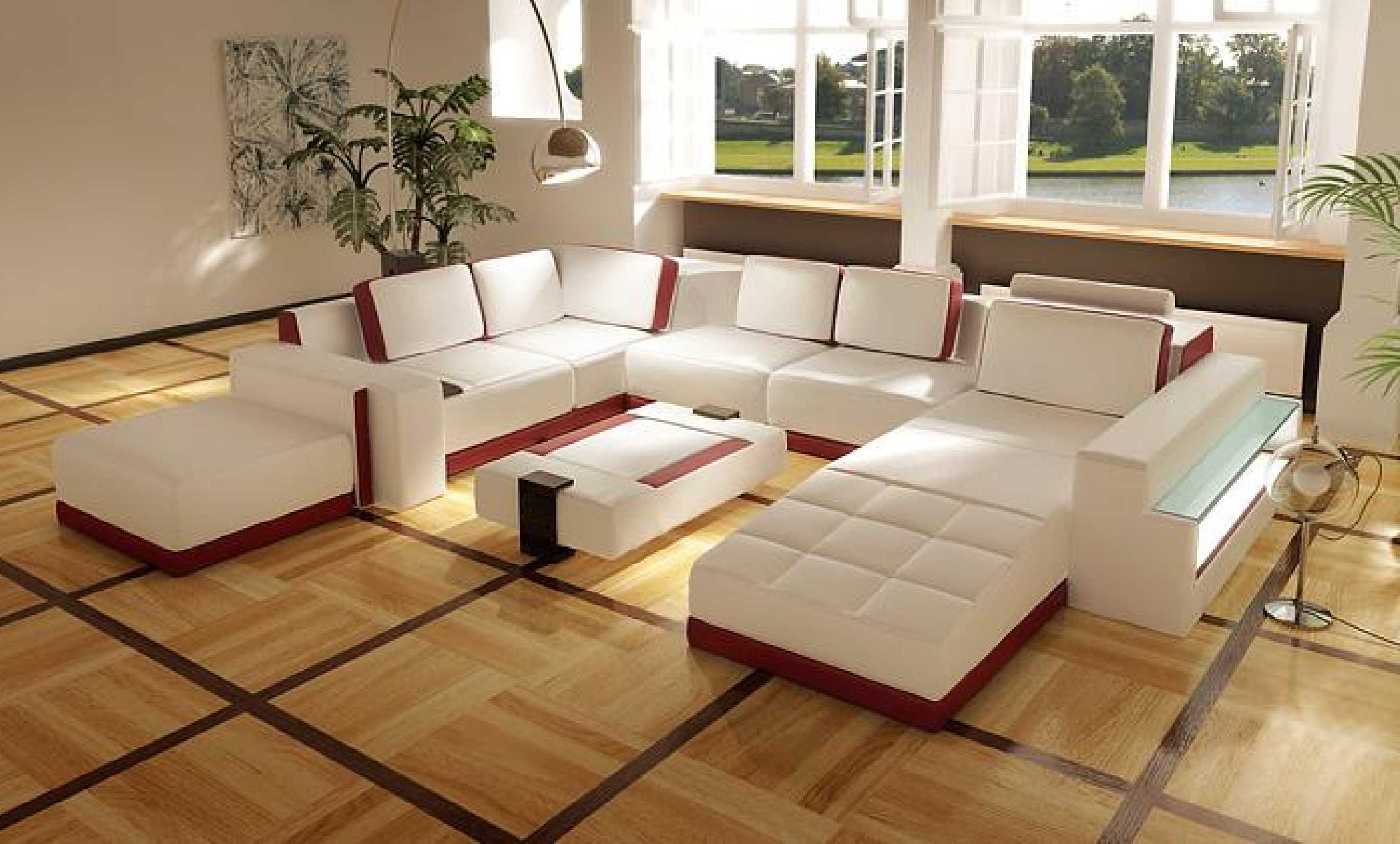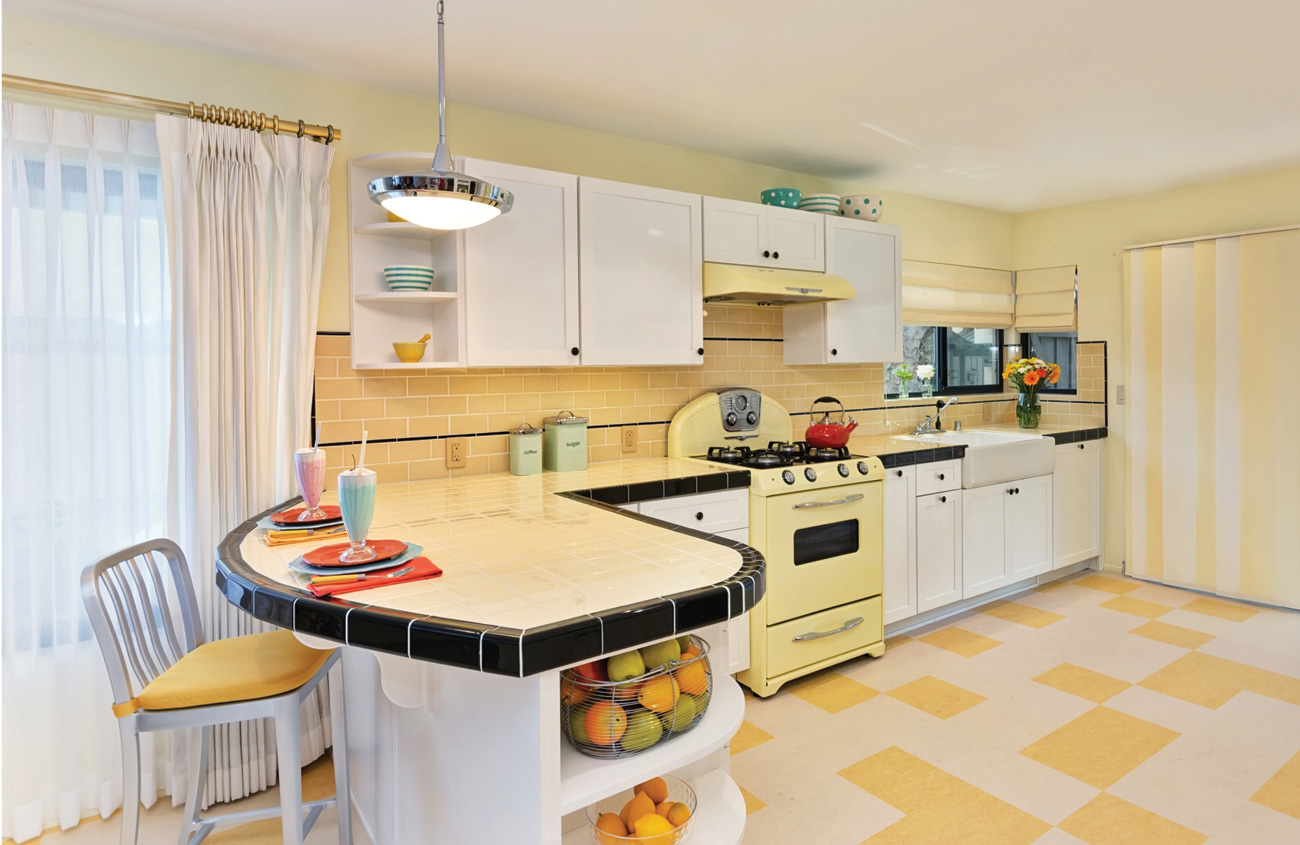When it comes to creating a welcoming and functional living room, incorporating universal design principles is a must. Not only does this design approach promote inclusivity and accessibility for all, but it also allows for a stylish and cohesive space that can easily adapt to the changing needs of its occupants. In this comprehensive guide, we will explore the top 10 ways to incorporate universal design into your living room, making it a space that everyone can enjoy.Universal Design for Living Room: A Complete Guide
The key principles of universal design center around creating spaces that are usable, flexible, and intuitive for people of all ages and abilities. In the context of a living room, this means designing with features and elements that are accessible, safe, and comfortable for everyone. This includes considerations such as ample space for maneuvering mobility aids, non-slip flooring, and adjustable lighting and furniture.Universal Design Principles for Living Room Spaces
To make your living room accessible for all, start by considering the layout and flow of the space. Ensure there is enough room for wheelchair users to move around comfortably and reach all areas of the room. Incorporate multi-level surfaces and seating options to accommodate different heights and abilities, and consider installing grab bars and handrails for added safety and support.Creating an Accessible Living Room with Universal Design
In addition to accessibility, functionality is also a key aspect of universal design. This means incorporating features and elements that make daily activities easier for everyone. Examples include lever-style door handles, easy-to-reach light switches, and kitchen-like cabinets with pull-out shelves. These small but significant details can greatly improve the usability and convenience of a living room for all occupants.Universal Design Features for a Functional Living Room
Many people may assume that universal design is only suitable for creating functional and practical spaces, but that couldn't be further from the truth. In fact, incorporating universal design into your living room can actually enhance its style and appeal. By using a cohesive color scheme, incorporating natural light, and adding decorative accents that are both beautiful and functional, you can create a space that is both stylish and inclusive.Designing a Stylish and Inclusive Living Room with Universal Design
Universal design principles can also be applied to small living rooms, making them more accessible and comfortable for all. In tight spaces, it's important to prioritize functionality and efficiency. This can be achieved by using furniture with built-in storage, incorporating multi-functional pieces, and using wall-mounted shelves and cabinets to maximize space. Additionally, avoid clutter and maintain clear pathways for easy navigation.Universal Design Solutions for Small Living Rooms
Furniture is a major component of any living room, and it's important to choose pieces that are not only stylish but also accessible for all. Look for furniture with adjustable features, such as recliners with lift assist functions or sofas with adjustable backrests. Additionally, ensure that chairs and sofas have firm and supportive cushions for those with mobility challenges.Incorporating Universal Design into Living Room Furniture
Lighting is a crucial element in any living room, and it can greatly impact the functionality and comfort of the space. For universal design, it's important to have a mix of natural and artificial light sources to accommodate different needs and preferences. Consider incorporating dimmer switches, task lighting, and floor lamps with adjustable heads to provide ample lighting options for all occupants.Universal Design Lighting Ideas for Living Rooms
Color can play a significant role in universal design, as it can impact the mood, visual appeal, and accessibility of a space. When choosing a color scheme for your living room, opt for neutral colors that are easy on the eyes and can serve as a backdrop for bolder accents. Additionally, consider using contrasting colors for important features, such as light switches and doorknobs, to make them more visible for those with visual impairments.Universal Design Color Schemes for Living Rooms
The type of flooring you choose for your living room can also have an impact on its accessibility and safety. For universal design, it's important to have flooring that is slip-resistant and smooth enough for easy navigation for those using mobility aids. Some suitable options include low-pile carpet, vinyl, or non-slip tiles. Additionally, ensure that transitions between different flooring types are smooth to avoid potential tripping hazards.Universal Design Flooring Options for Living Rooms
The Importance of Universal Design in Creating a Functional and Welcoming Living Room
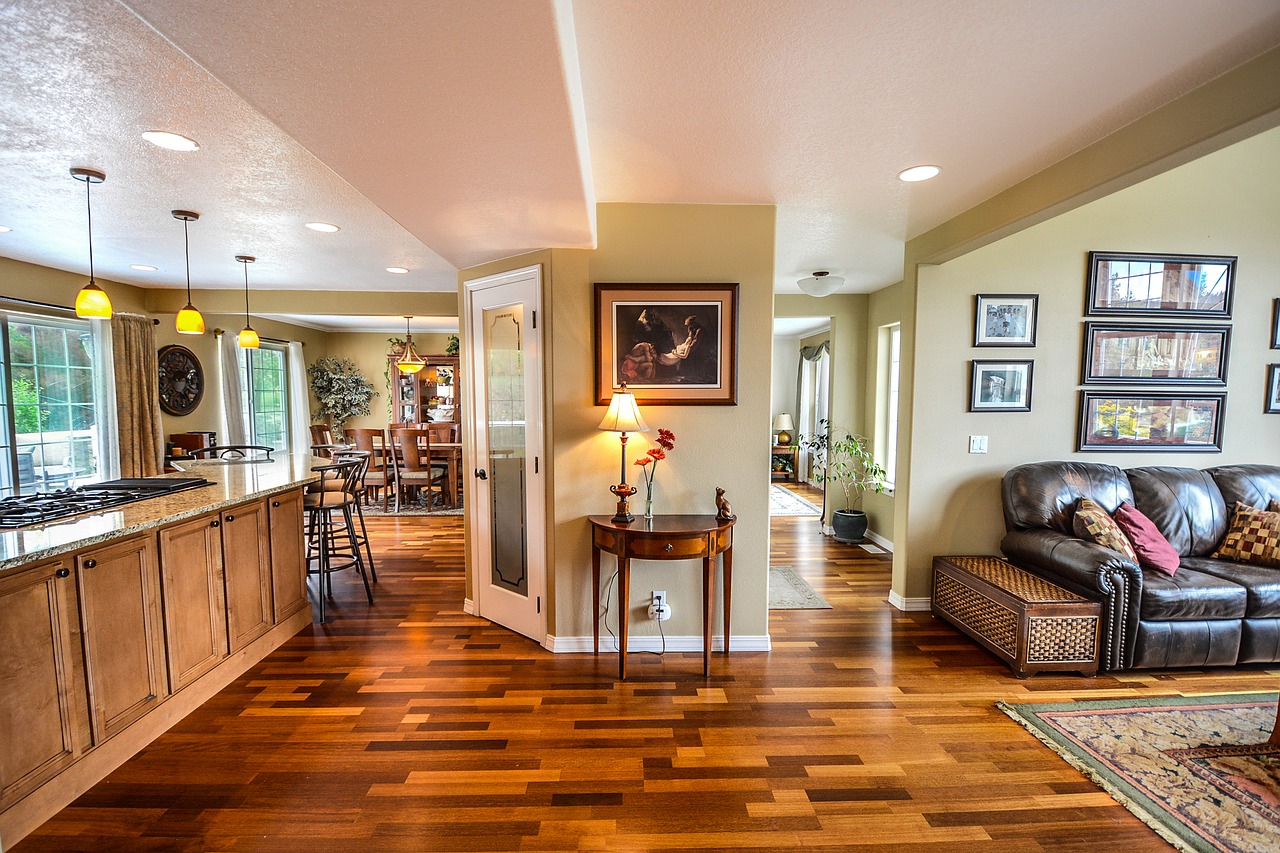
Creating a living room that is both stylish and functional can be a challenging task. However, with the concept of universal design, it is possible to achieve a space that is not only aesthetically pleasing but also accessible and accommodating to everyone. Universal design is a design approach that encourages the creation of spaces that can be used by people of all ages, abilities, and sizes. In this article, we will explore the benefits of incorporating universal design principles into the living room and how it can enhance the overall experience for everyone.
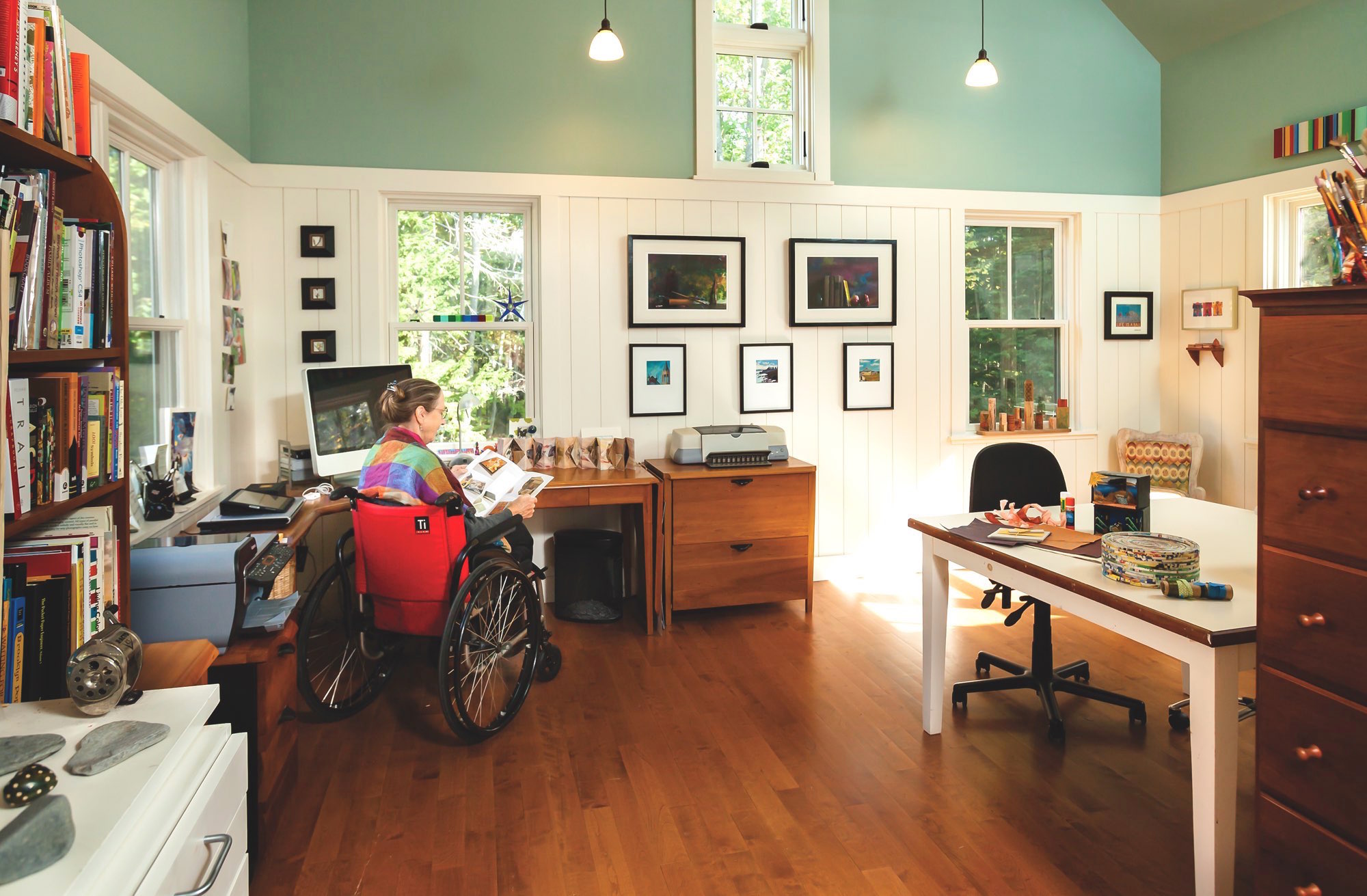
The living room is often the heart of the home, where family and friends gather to relax, entertain, and spend quality time together. It is crucial to ensure that this space is designed to be both comfortable and accessible for everyone. Universal design principles focus on creating an environment that is usable by all, regardless of their physical abilities. This means considering the needs of individuals with mobility, vision, or hearing impairments, as well as those who may have different preferences or limitations.
Accessibility is a key element of universal design. This includes creating wide and unobstructed pathways throughout the living room to allow for easy movement and navigation, especially for those who use mobility aids such as wheelchairs or walkers. Lighting is also an essential aspect to consider, as it can greatly impact the overall accessibility of a space. Utilizing natural lighting and incorporating different lighting options, such as dimmer switches or task lighting, can help individuals with low vision to navigate the living room comfortably.
Another important aspect of universal design is comfort . The living room should be a space where everyone can relax and feel at ease. This can be achieved by incorporating comfortable and supportive seating options, such as sofas or chairs with varying heights and firmness. Additionally, using textures and colors that are pleasing to the eye and touch can create a welcoming atmosphere for individuals with sensory sensitivities.
Furthermore, incorporating flexibility into the living room design can enhance its functionality for individuals with different needs. This could include adjustable furniture, such as tables or shelves, that can be easily modified to accommodate different heights or abilities. It is also essential to consider the placement of outlets and light switches to ensure they are easily accessible for everyone.
In conclusion, incorporating universal design principles into the living room can greatly enhance the overall experience for everyone. By considering the needs and preferences of individuals with different abilities, the living room can become a space that is truly welcoming and functional for all. So, whether you are designing a new living room or looking to update your current space, incorporating universal design will not only make your home more accessible but also create a warm and inviting atmosphere for all to enjoy.




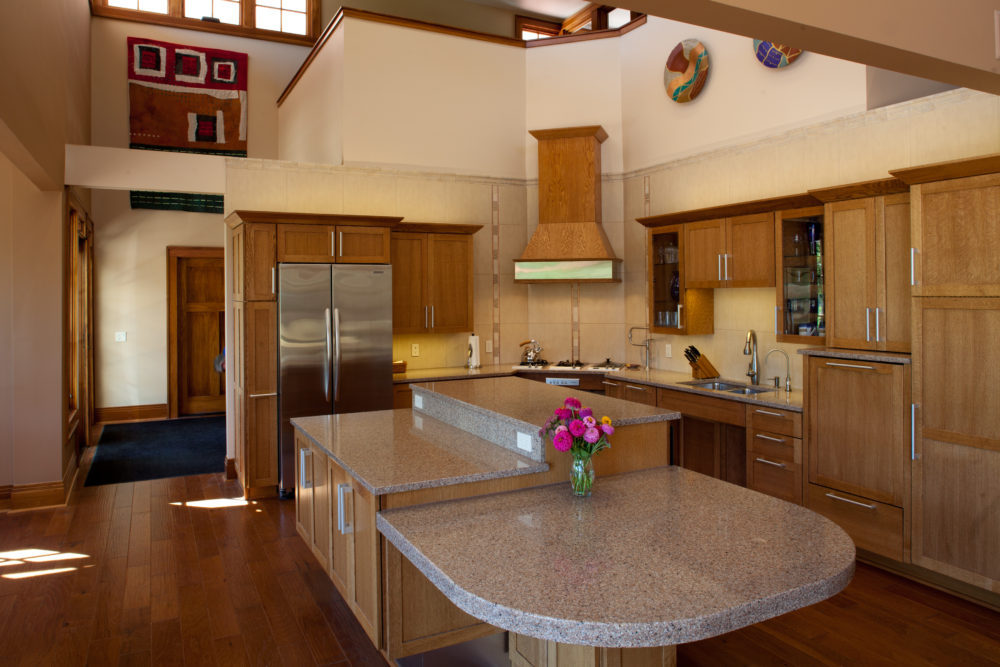



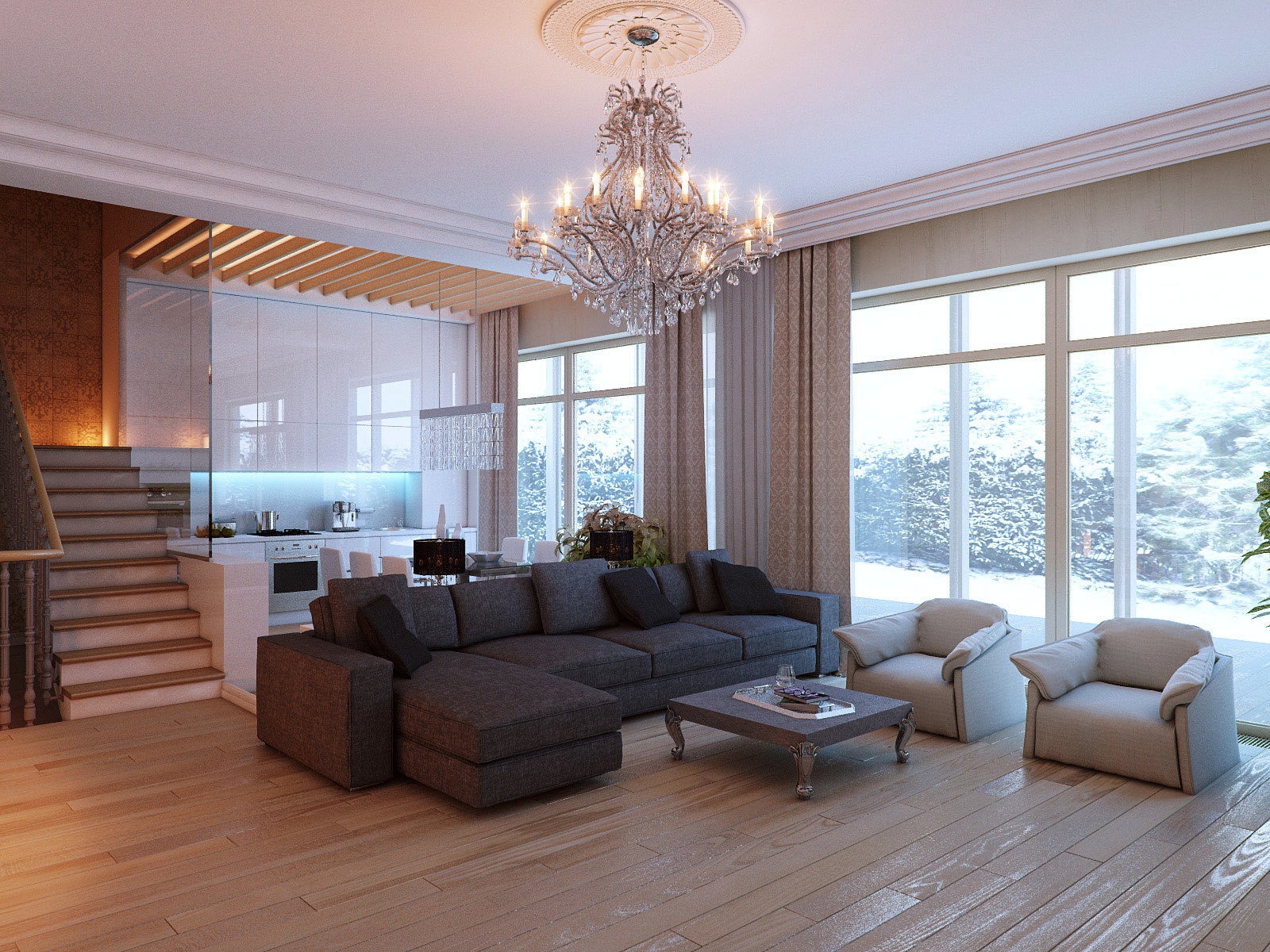
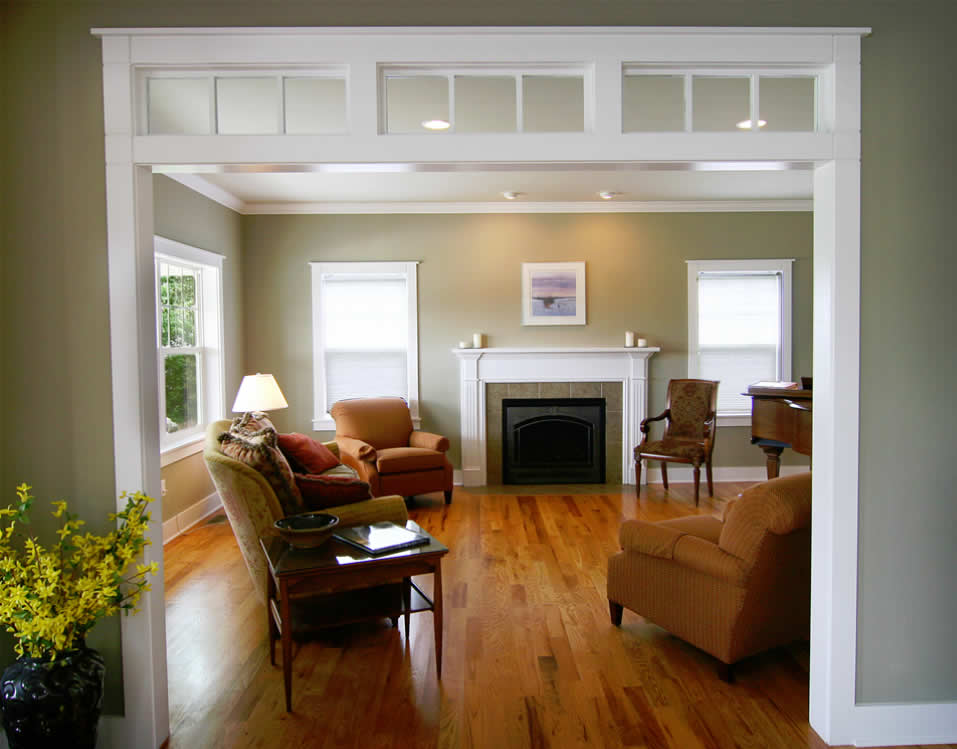




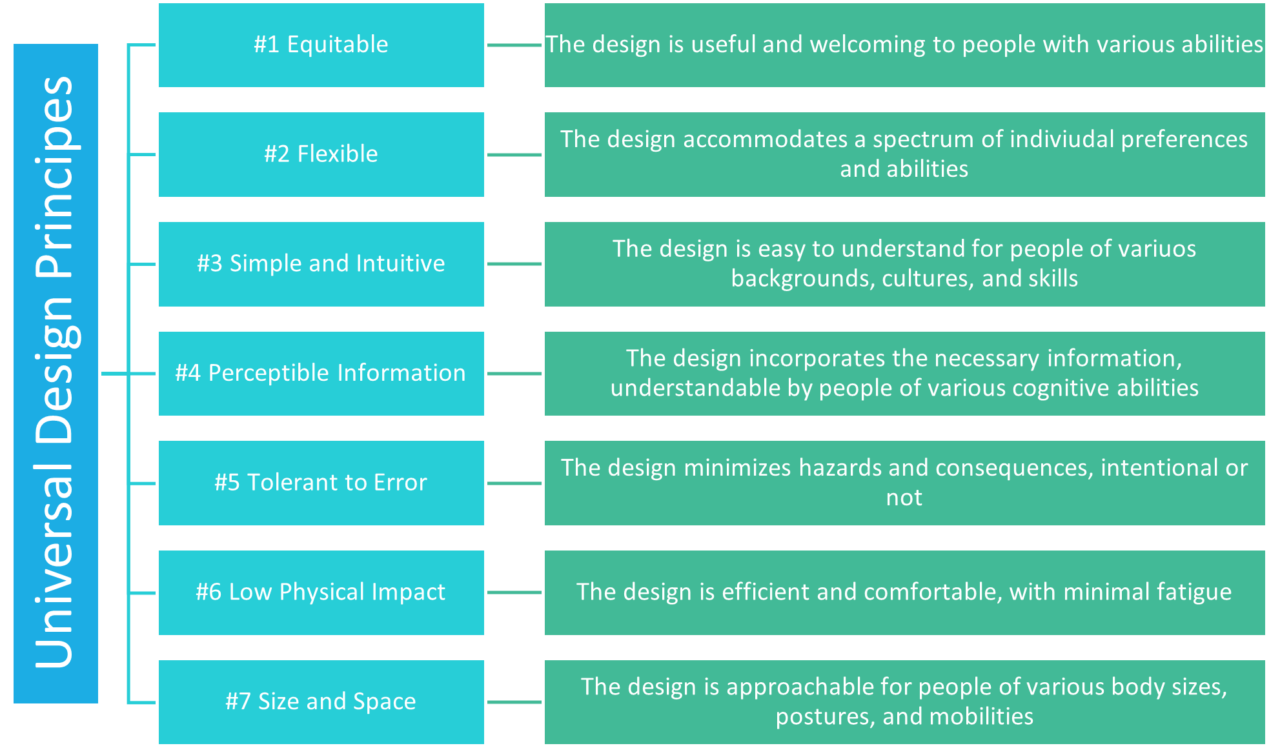







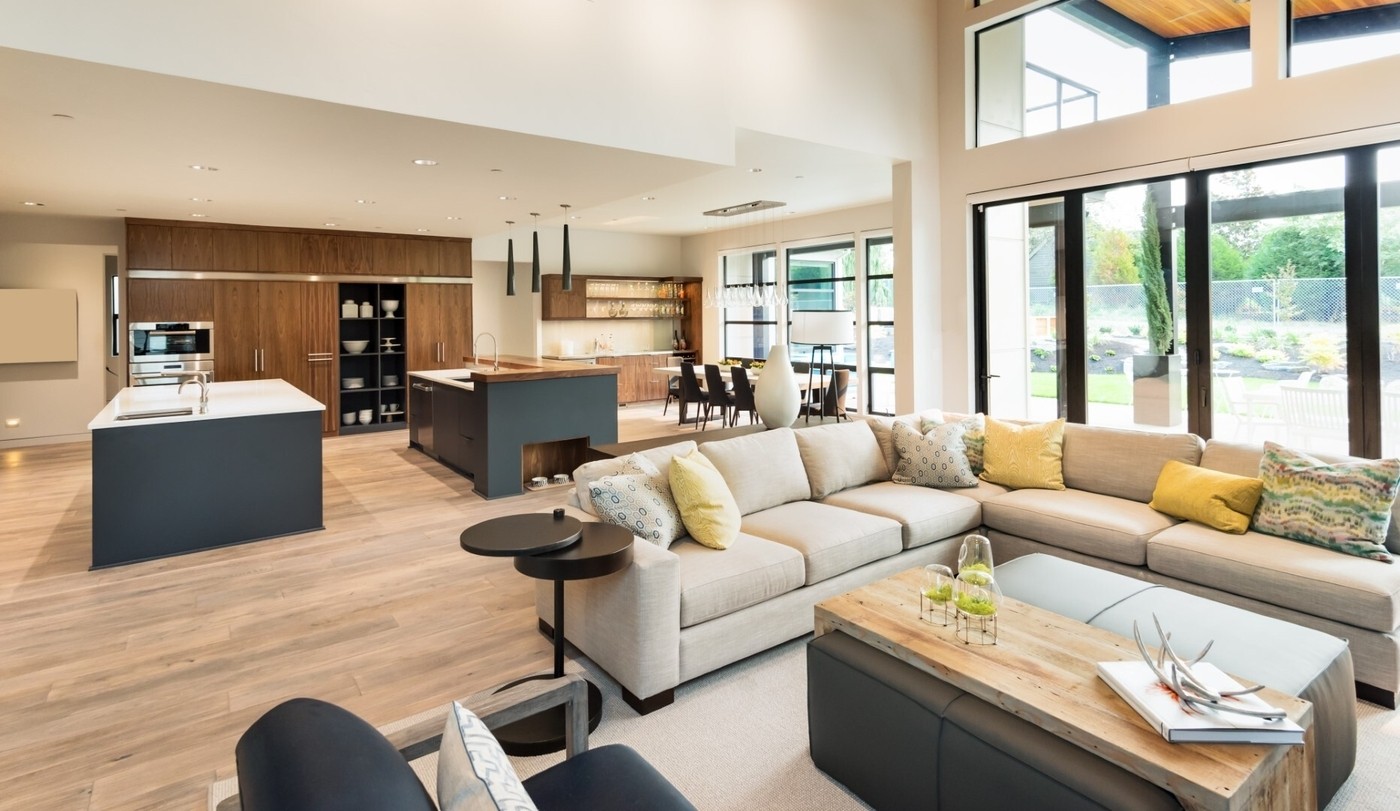




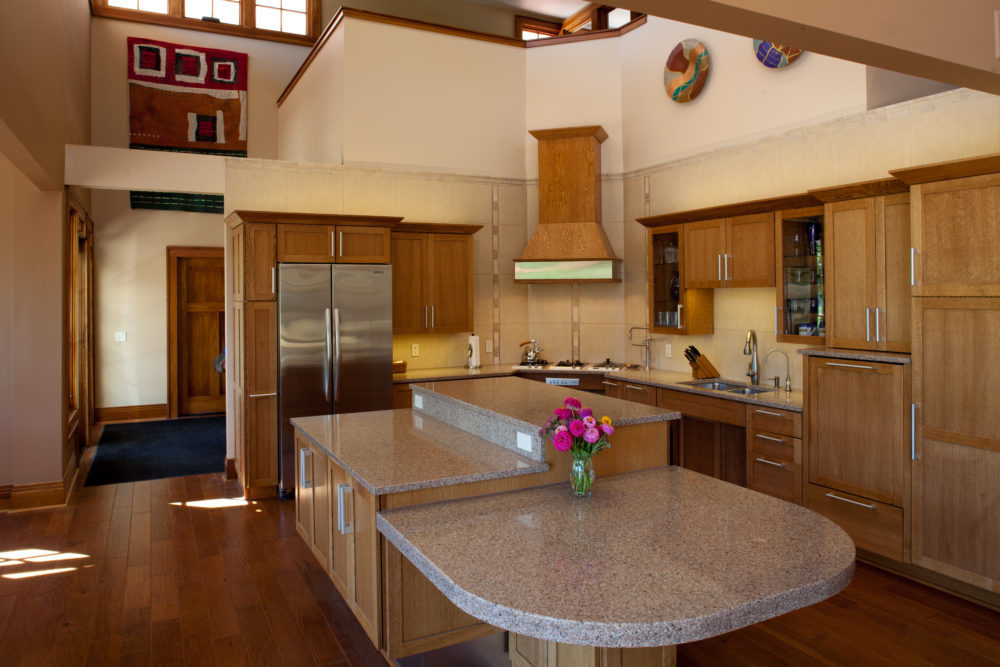


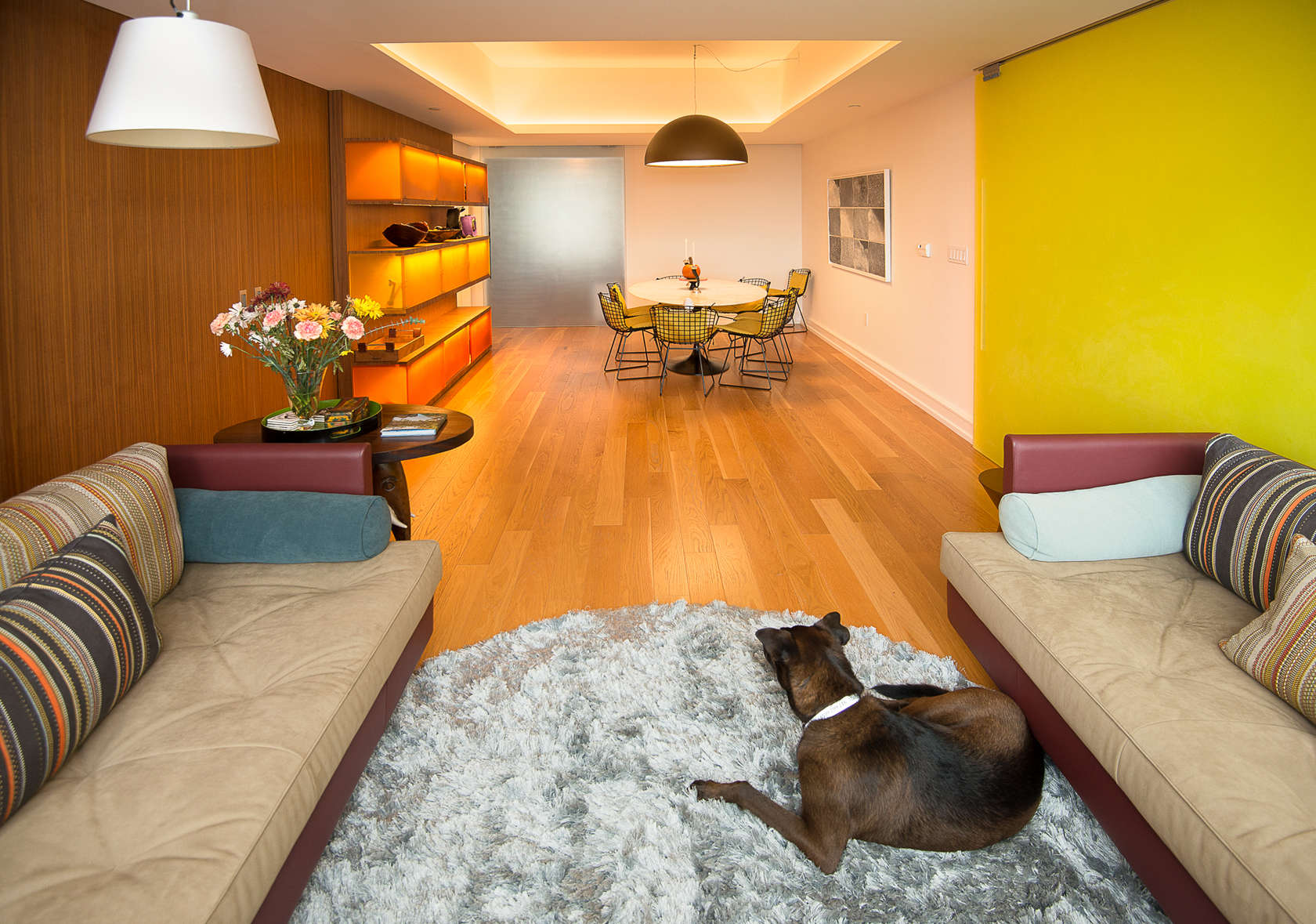




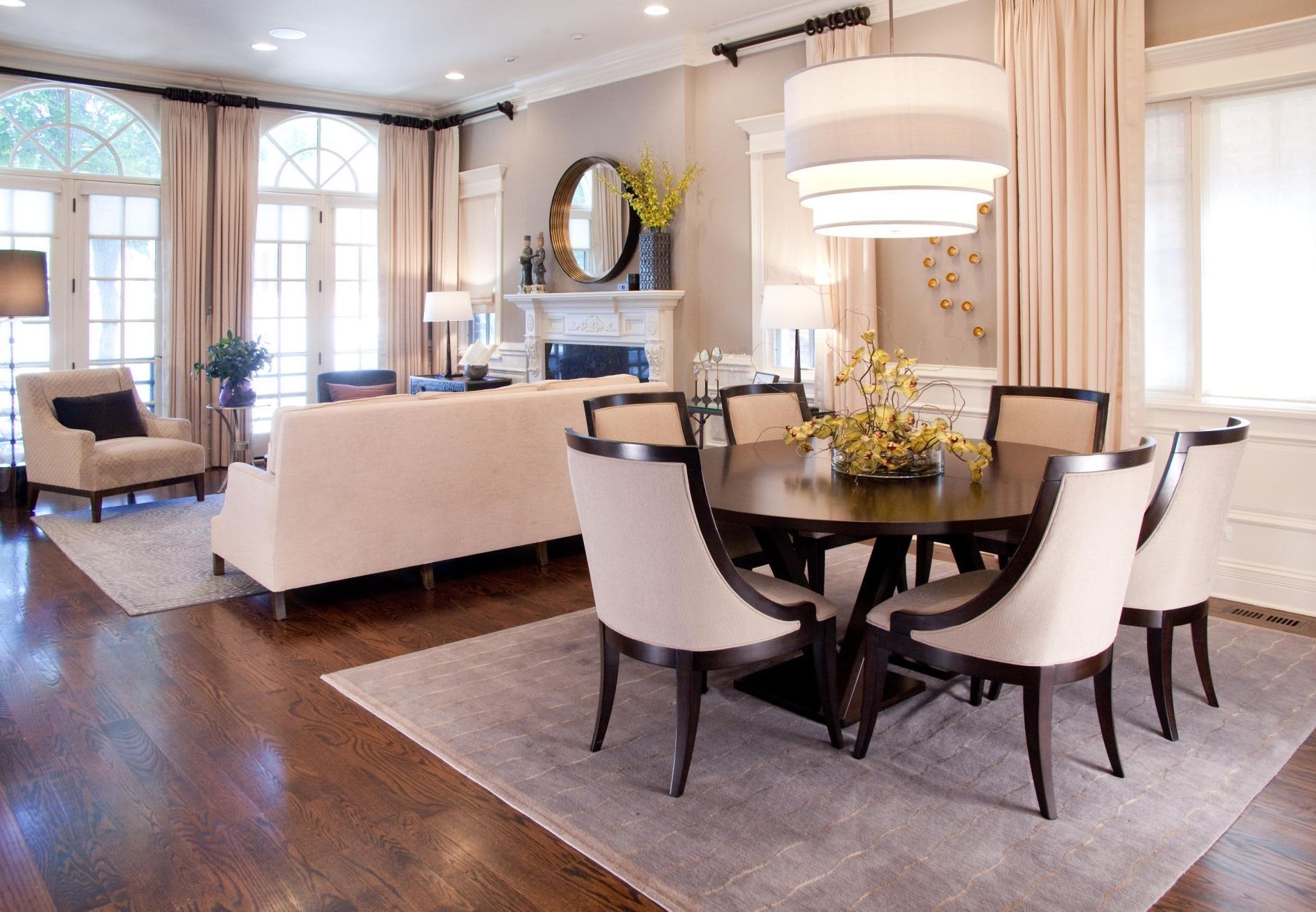


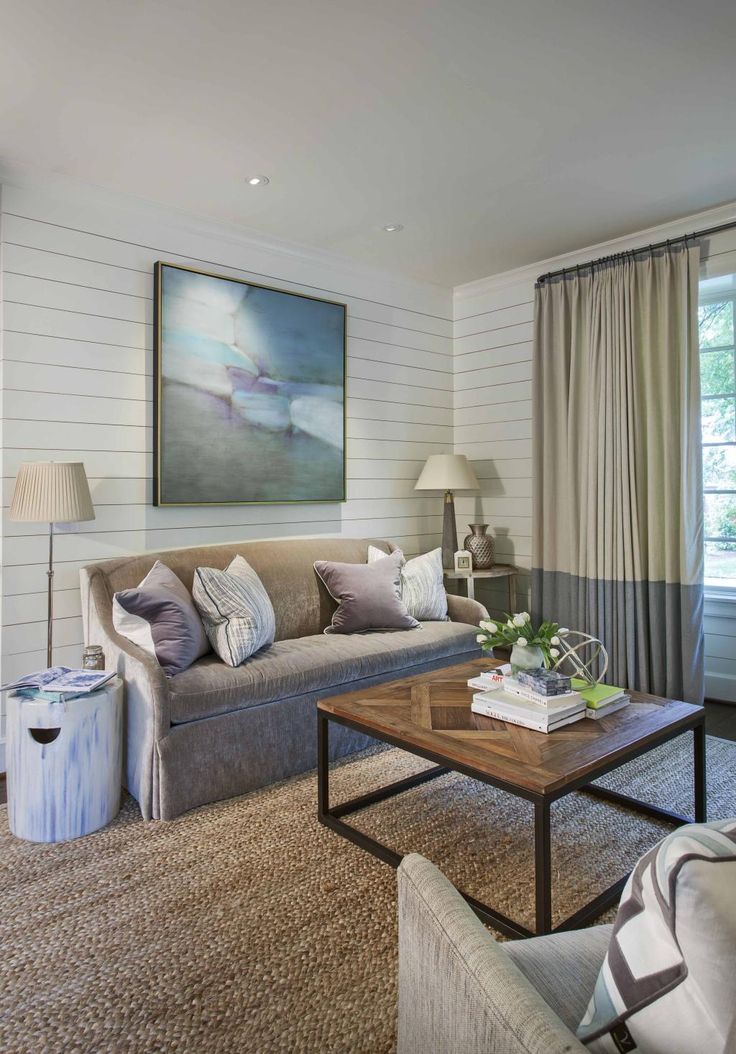






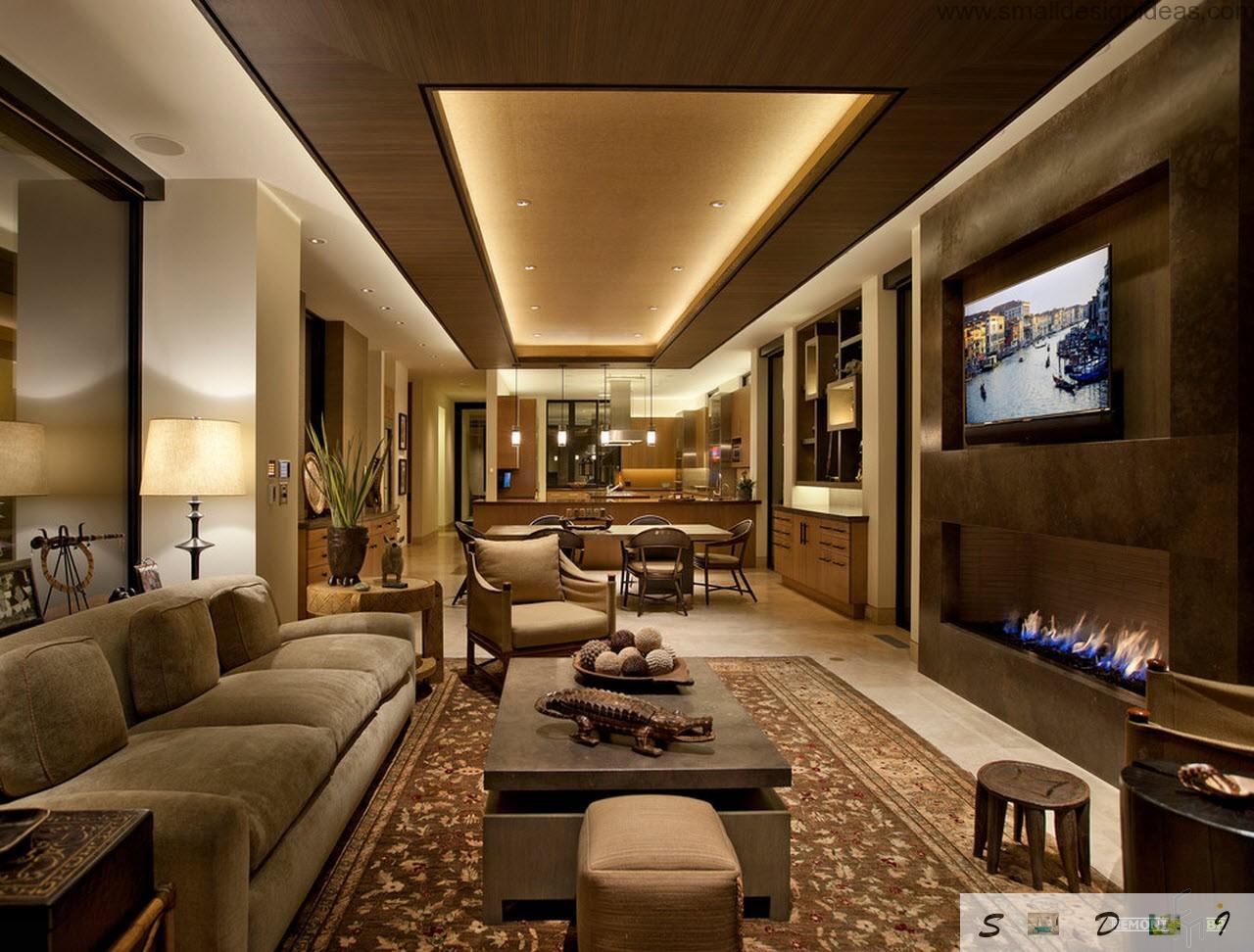
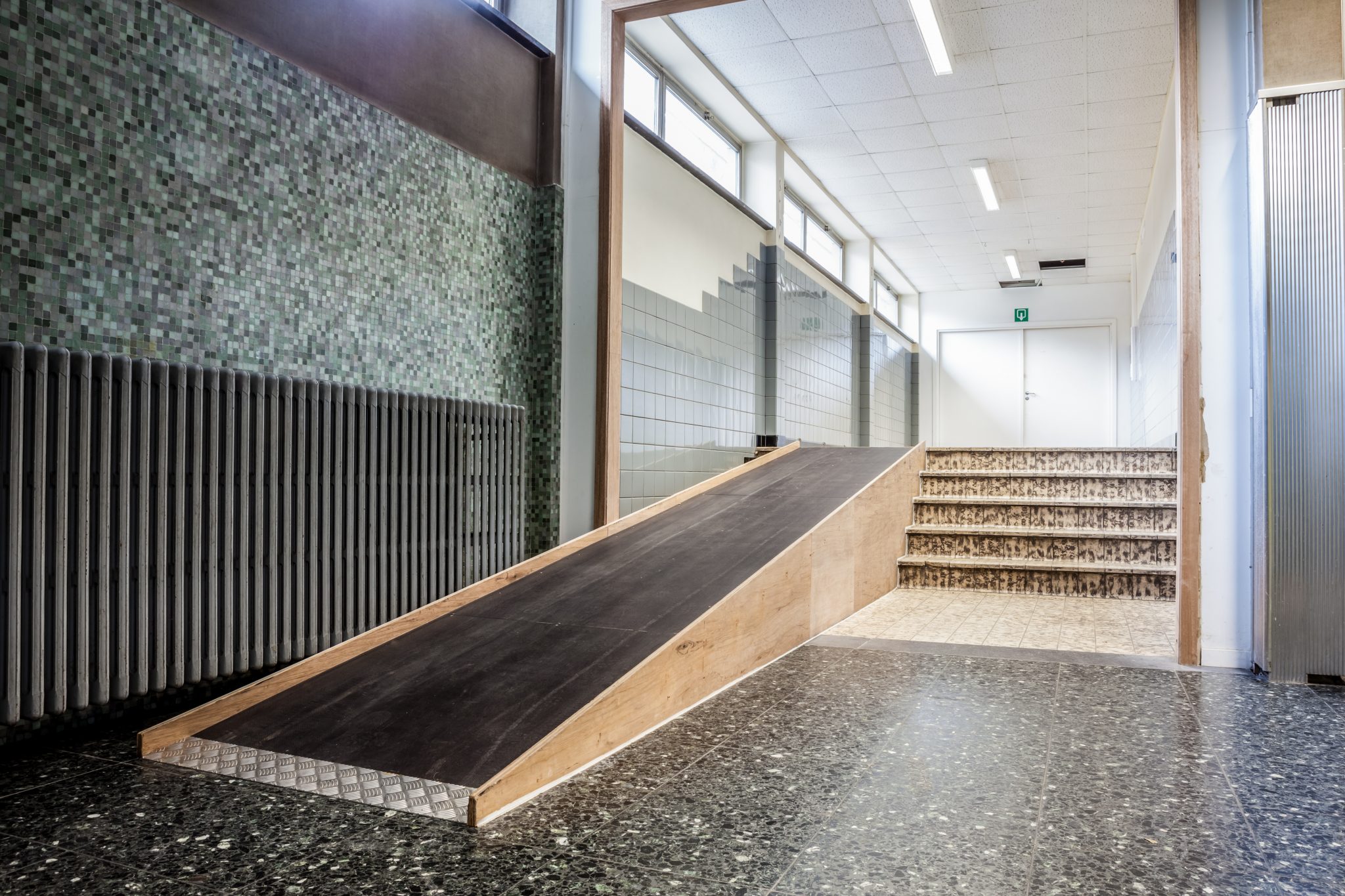
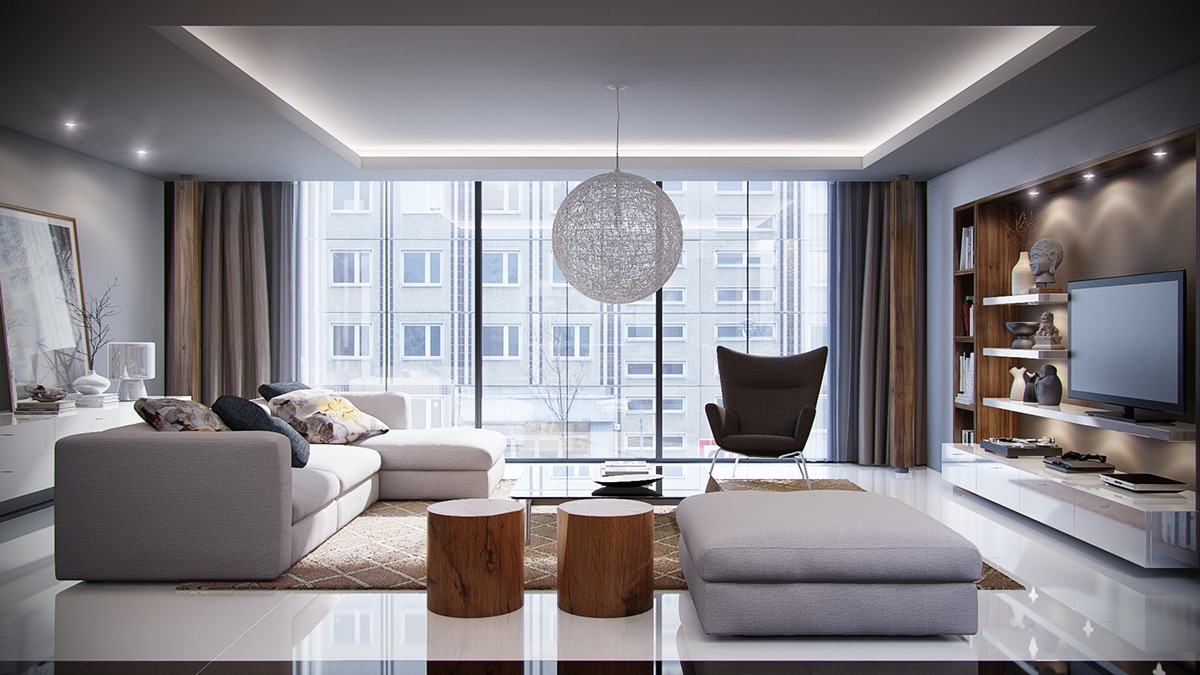
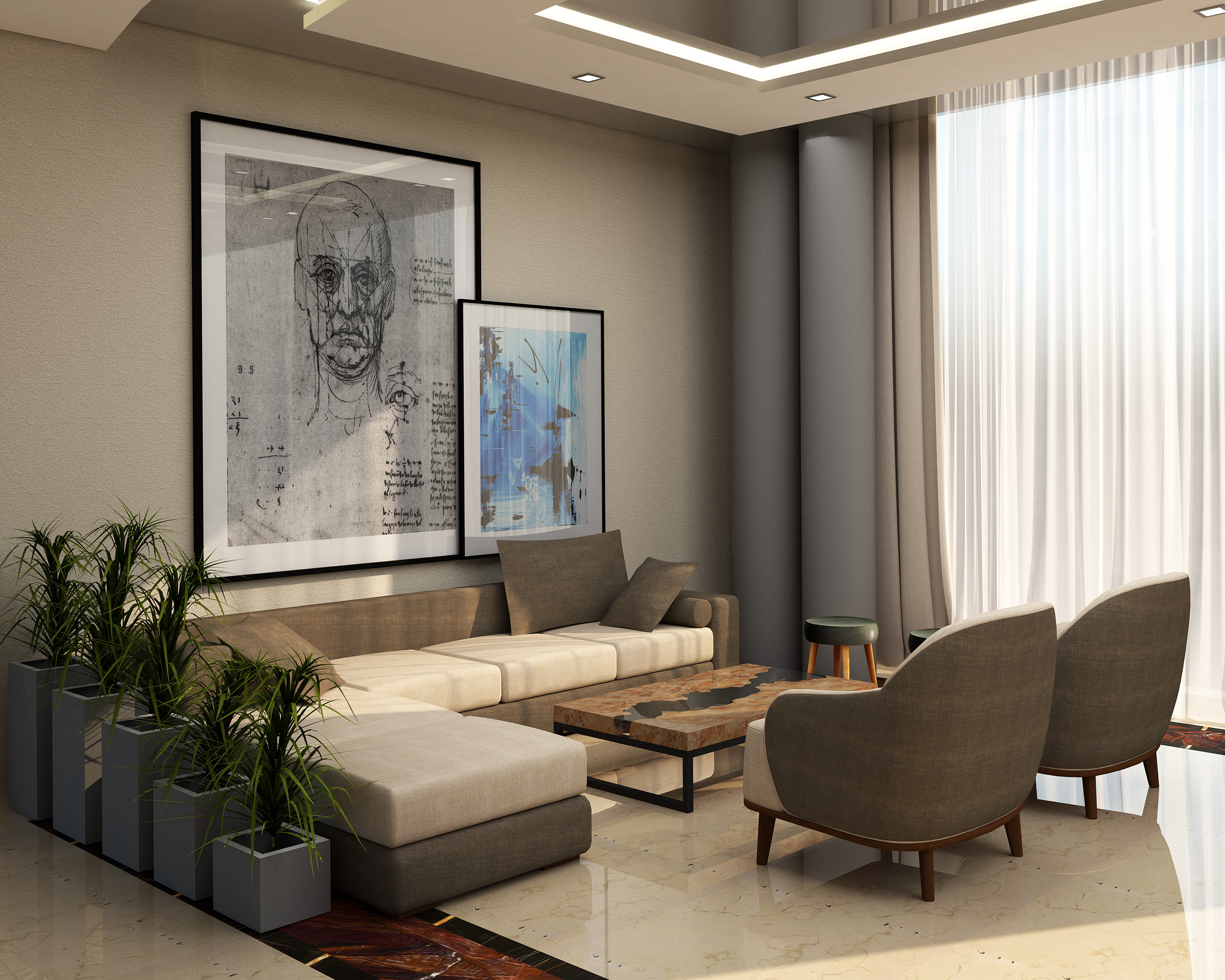

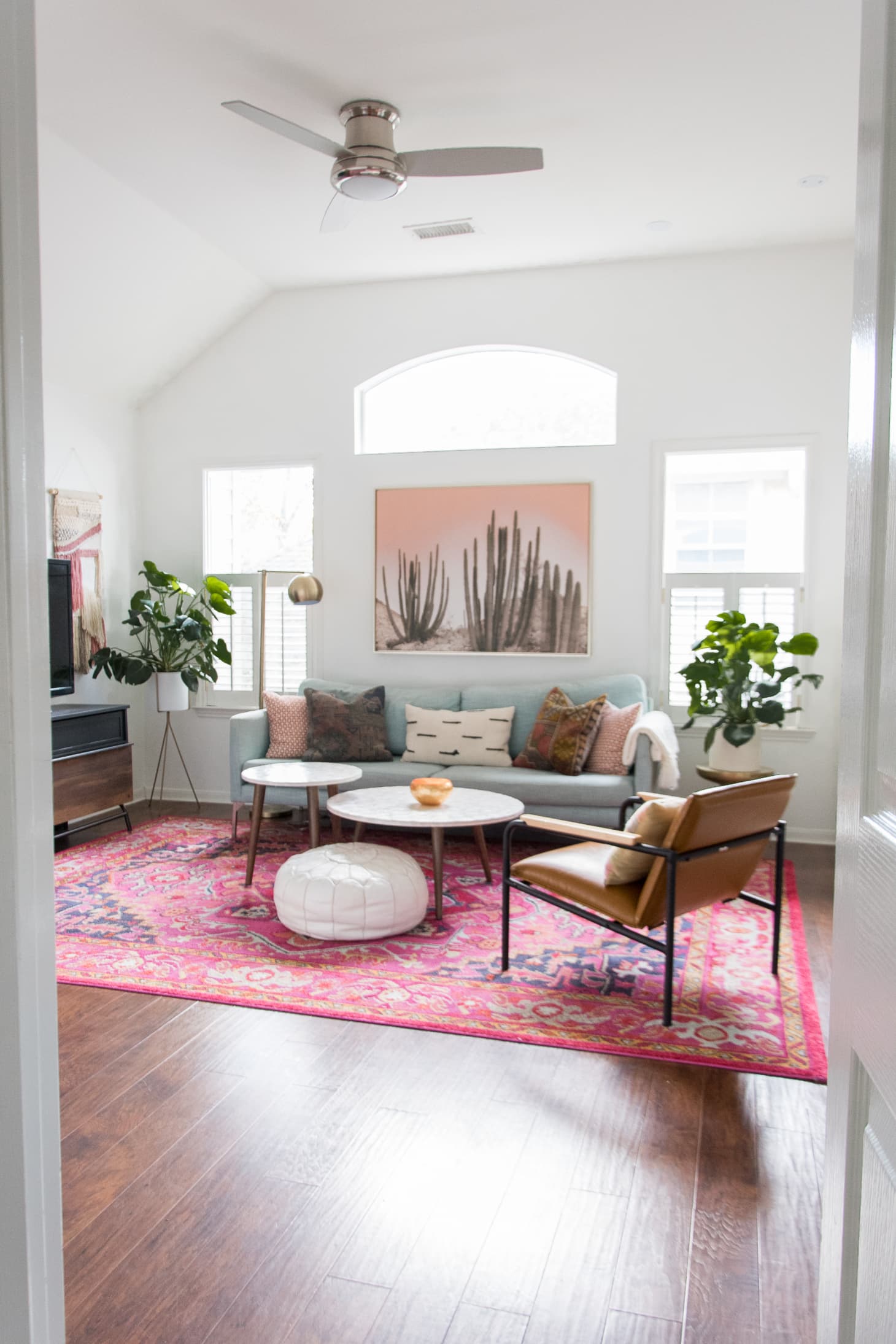




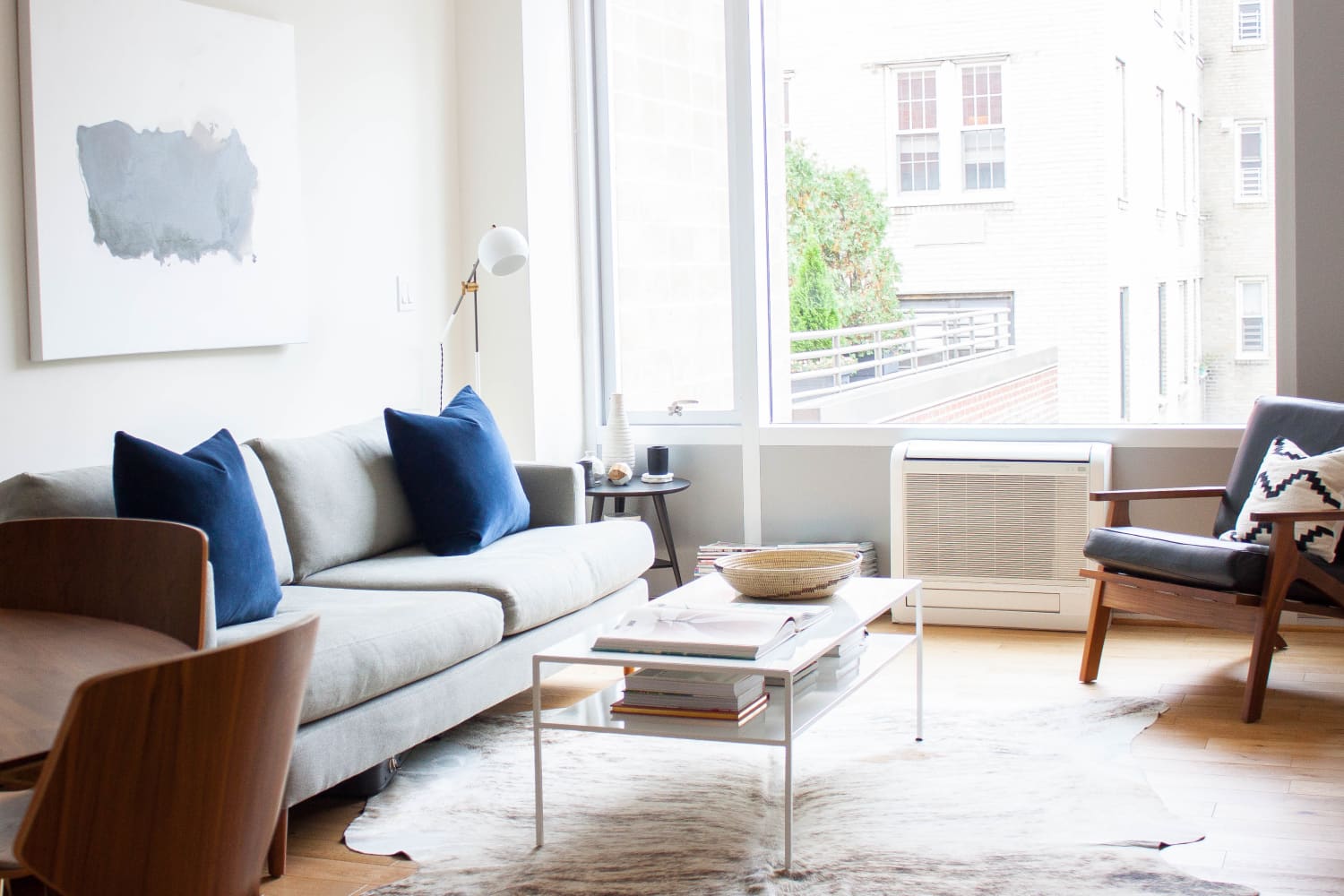

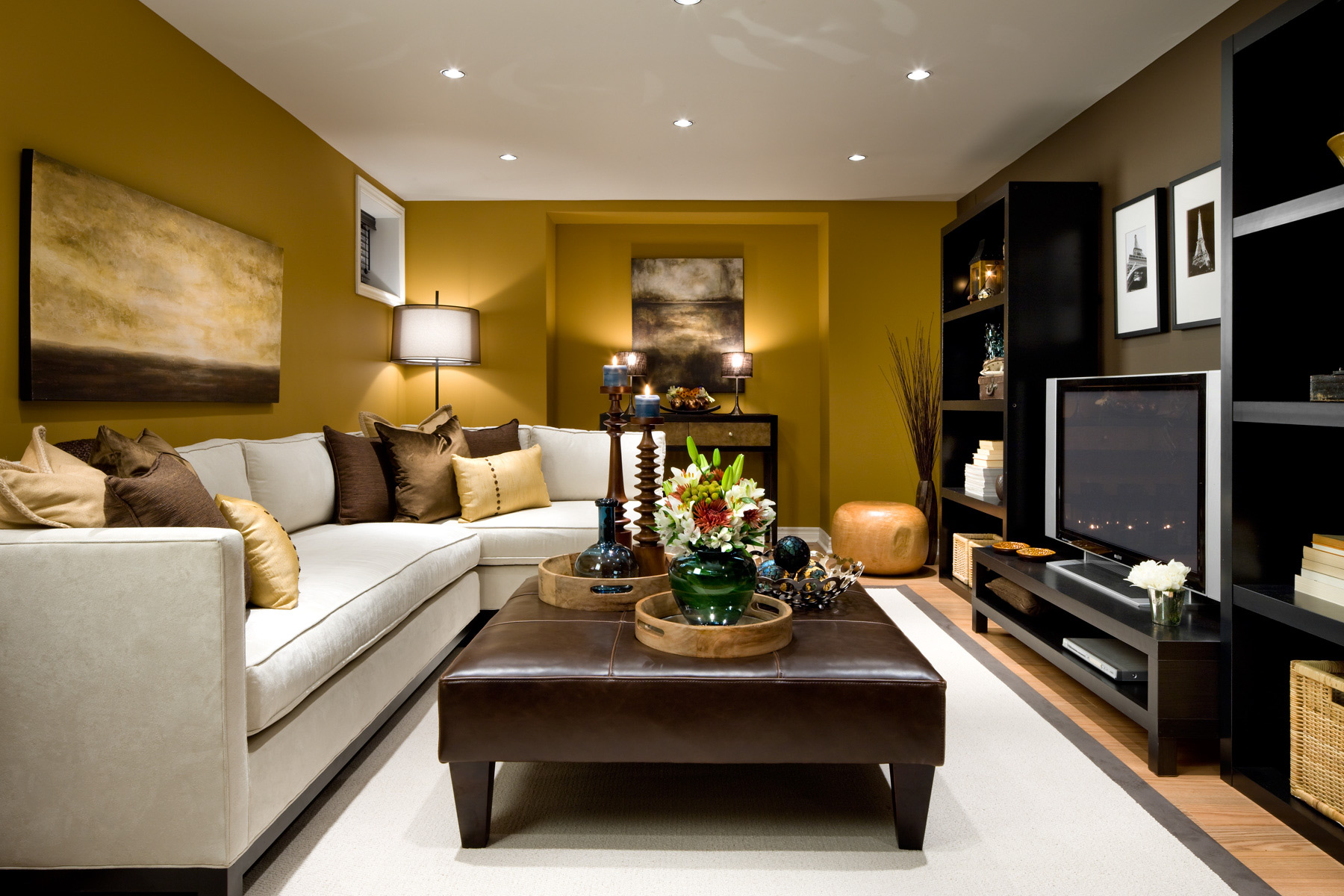


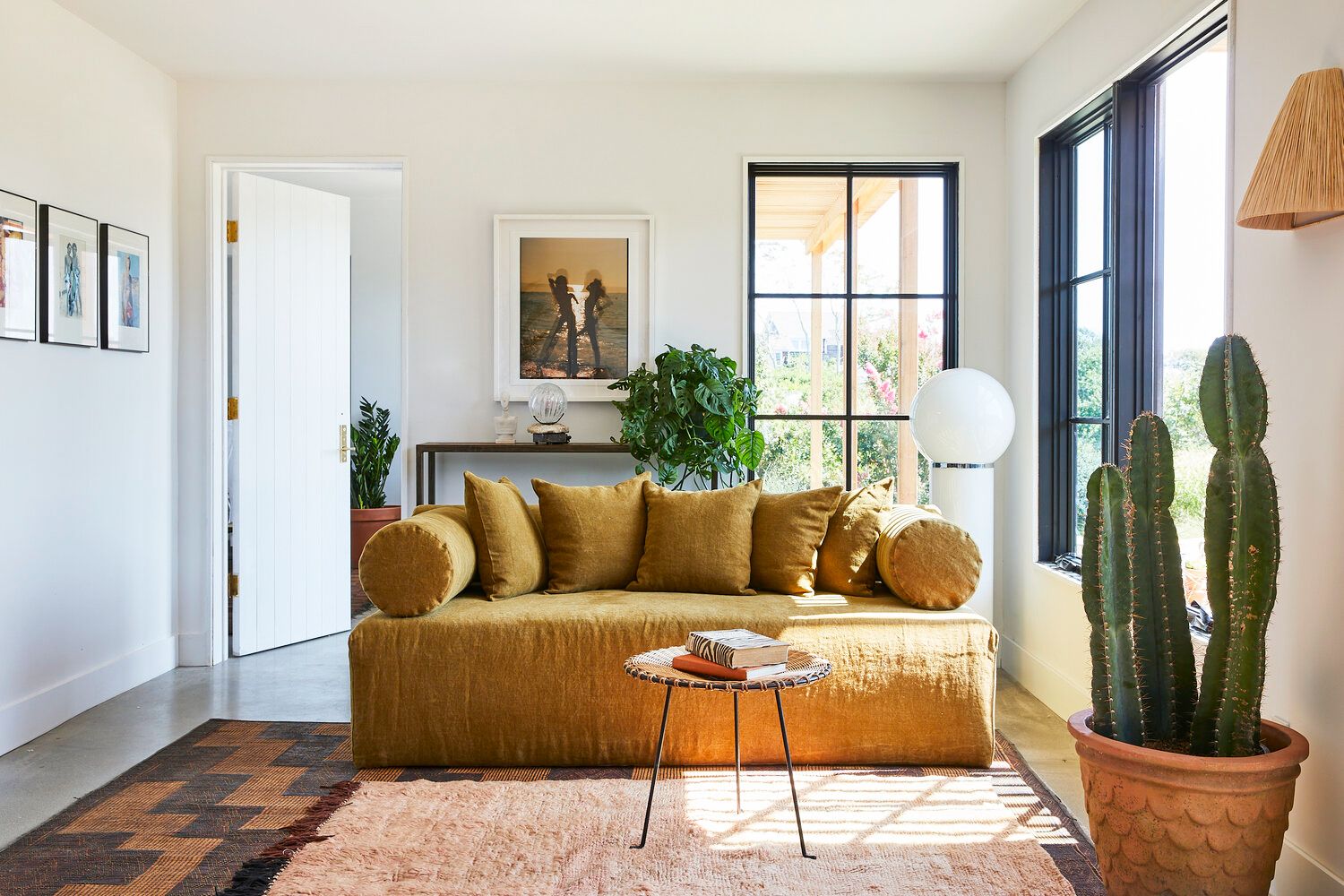










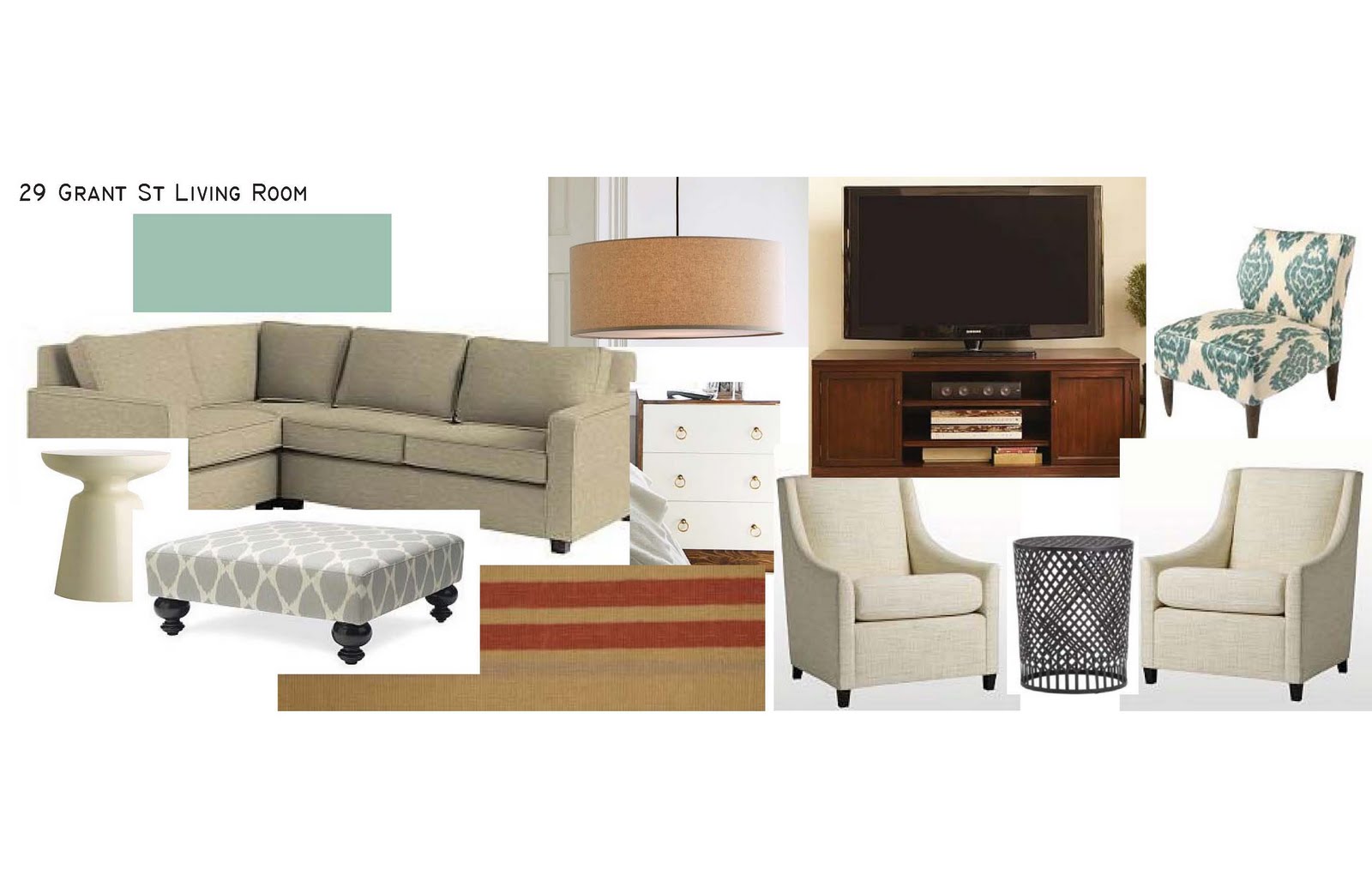
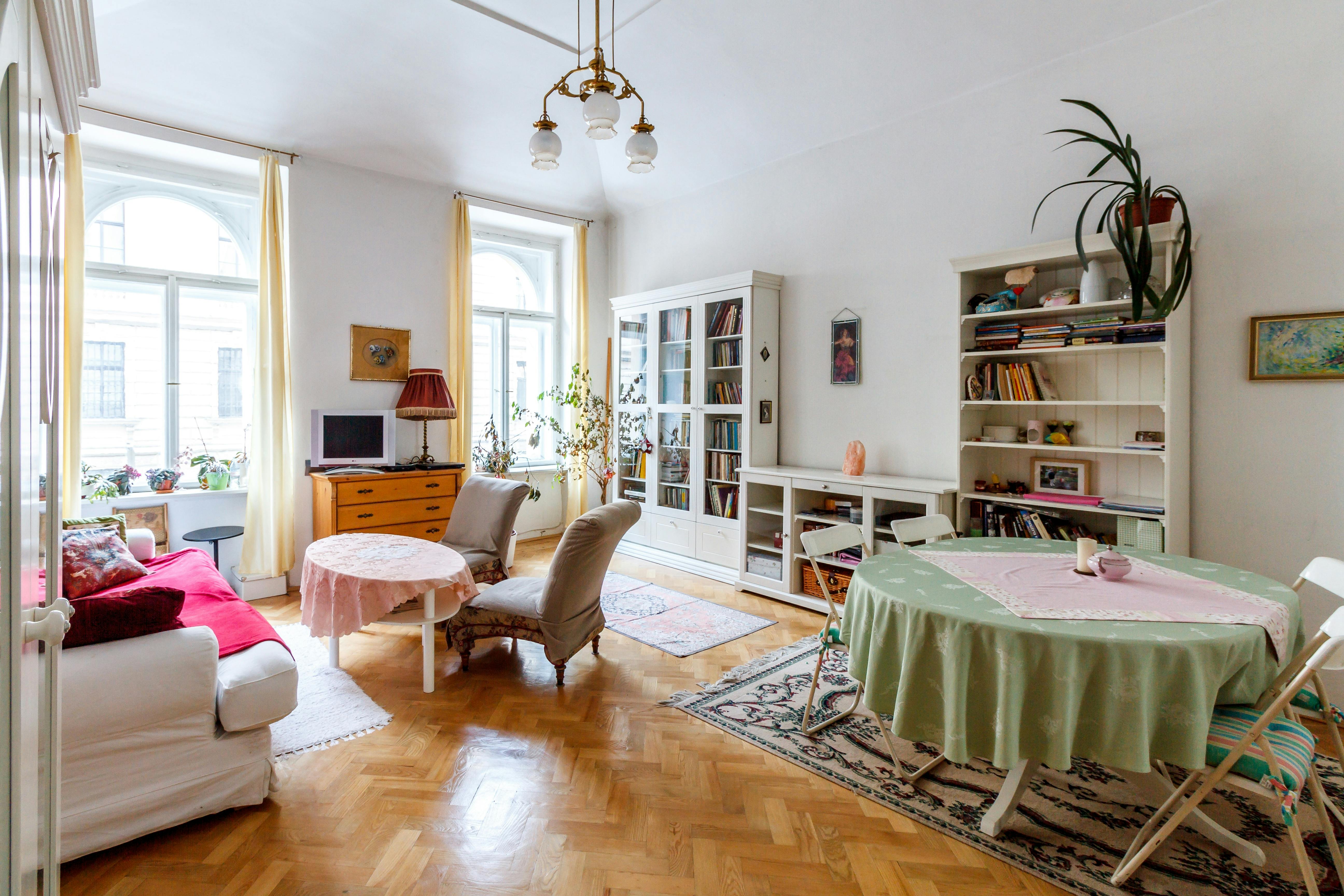
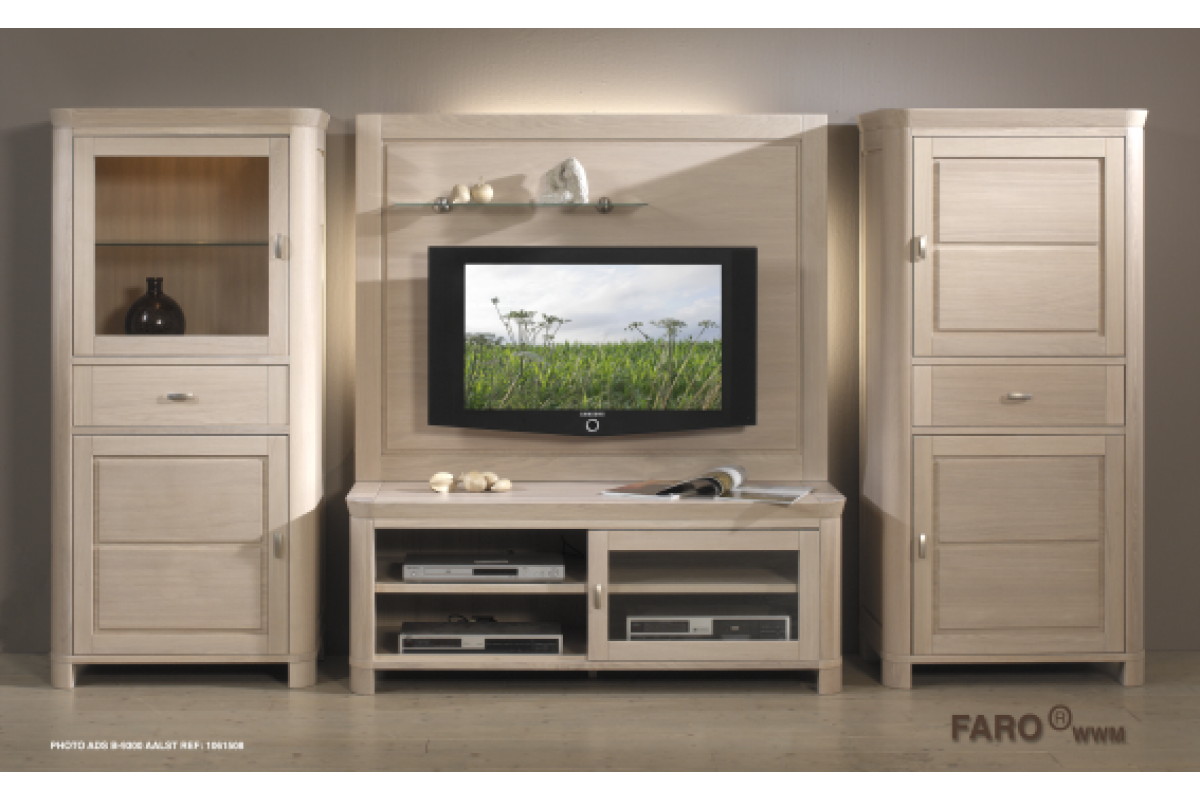


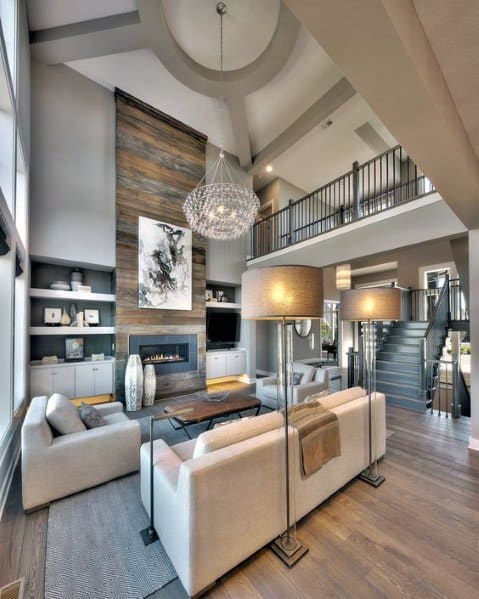

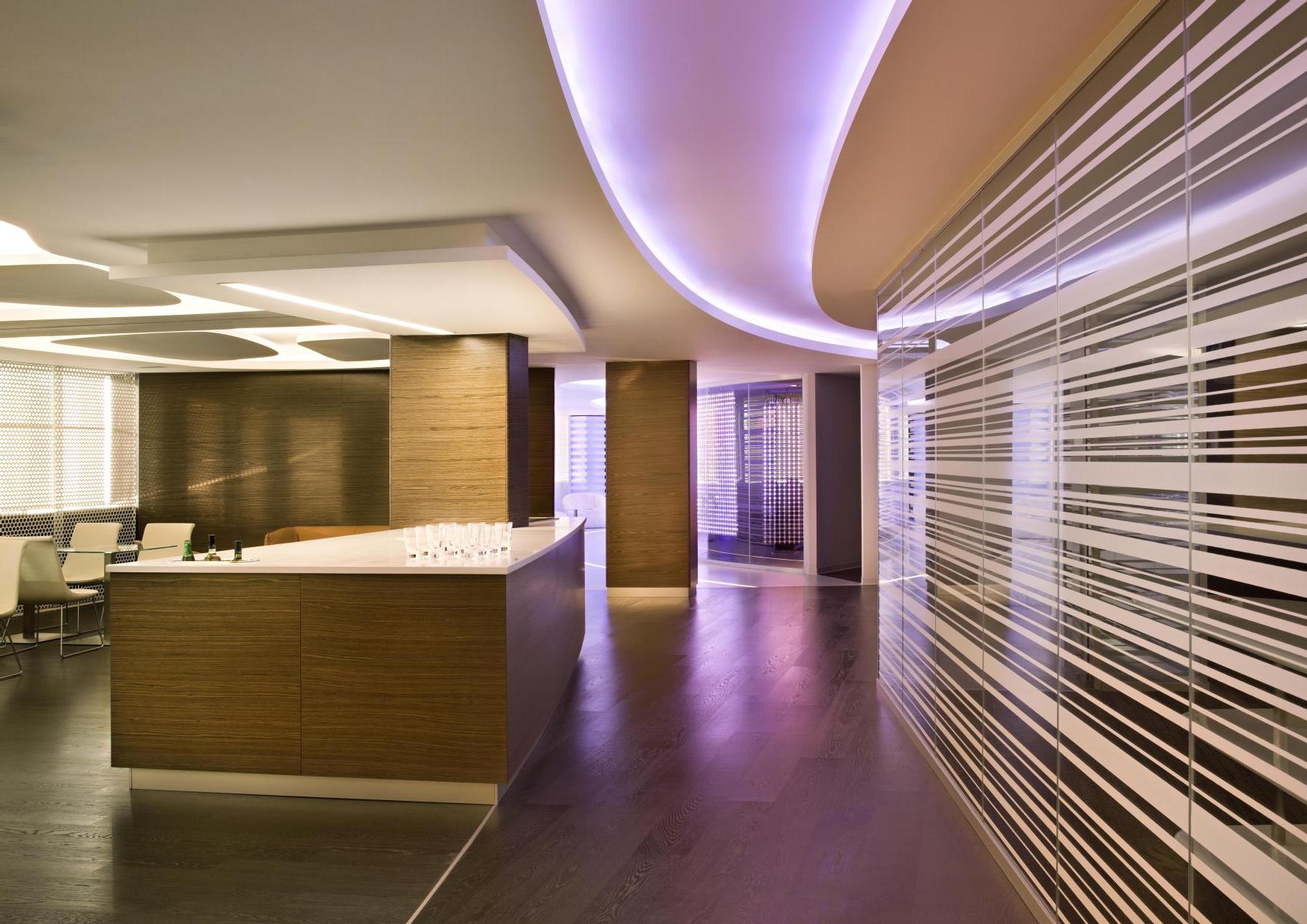


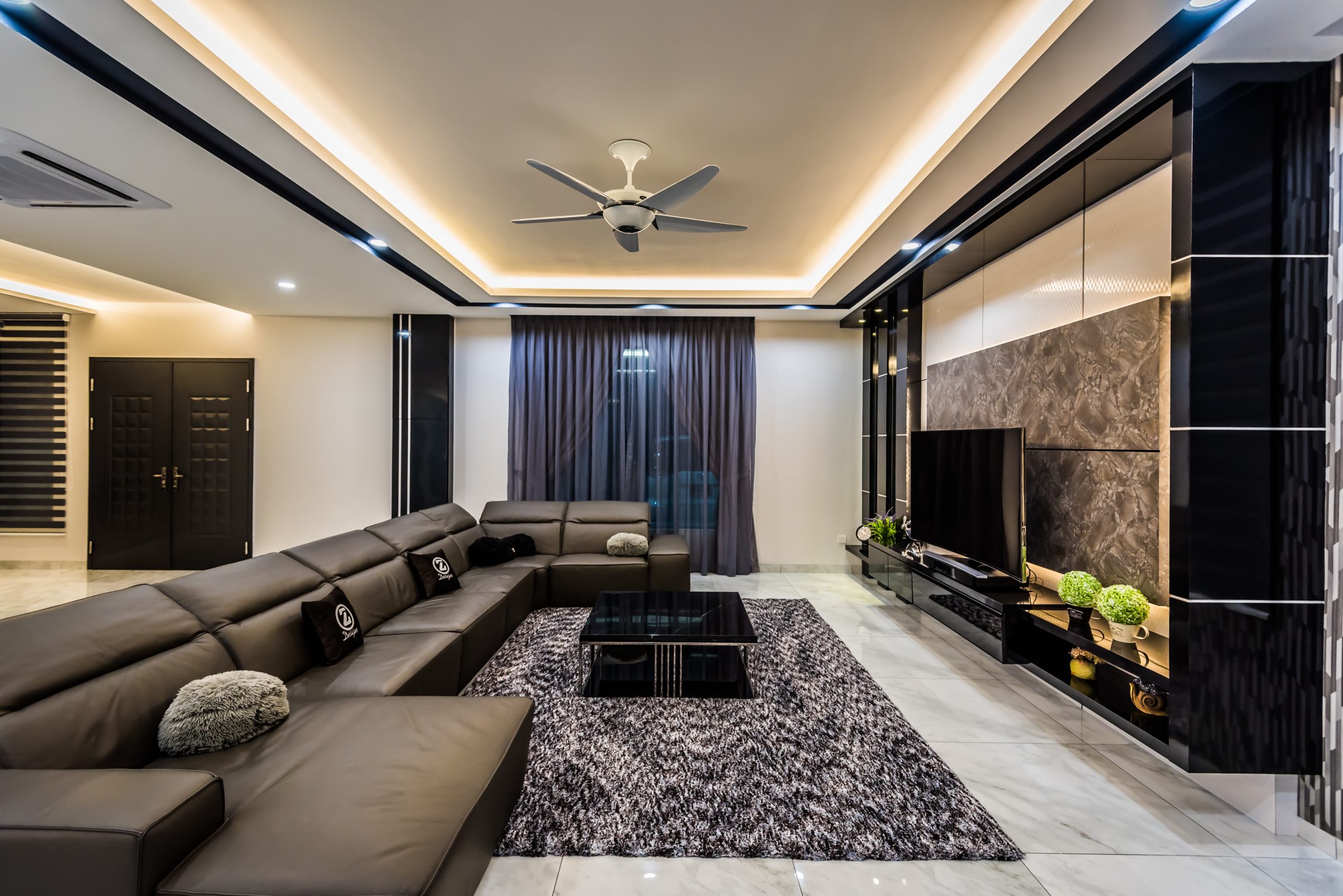

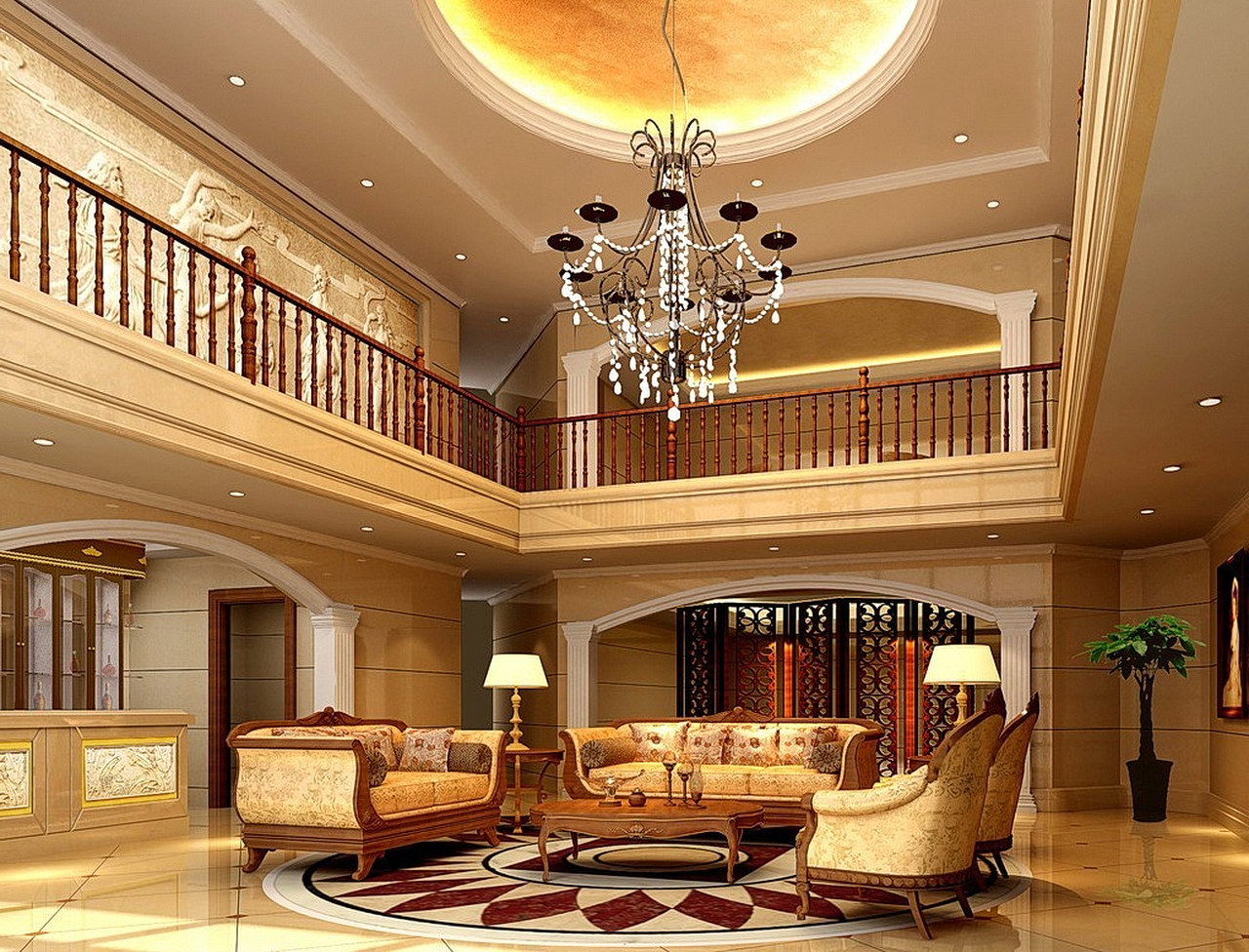

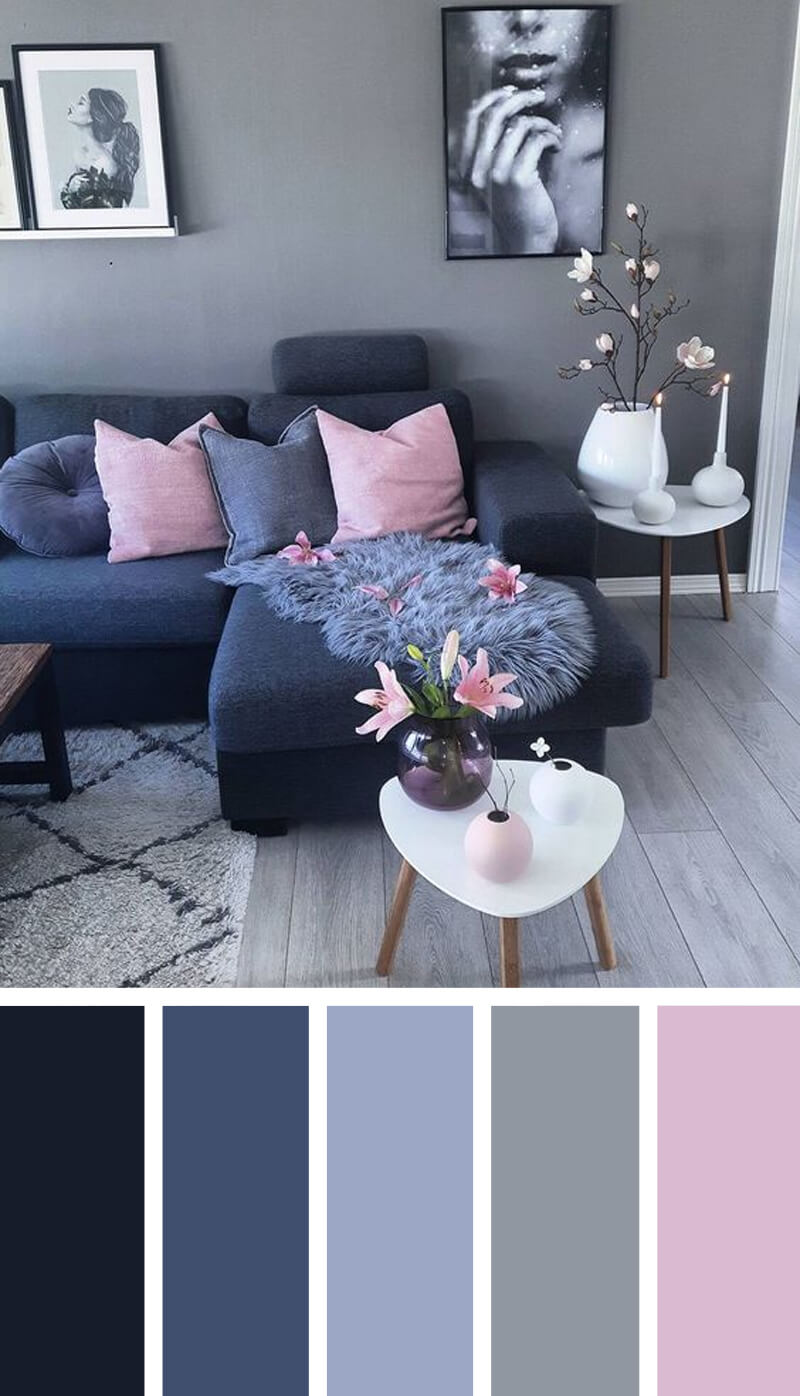




/169789002-58a723d63df78c345b930ec6.jpg)

